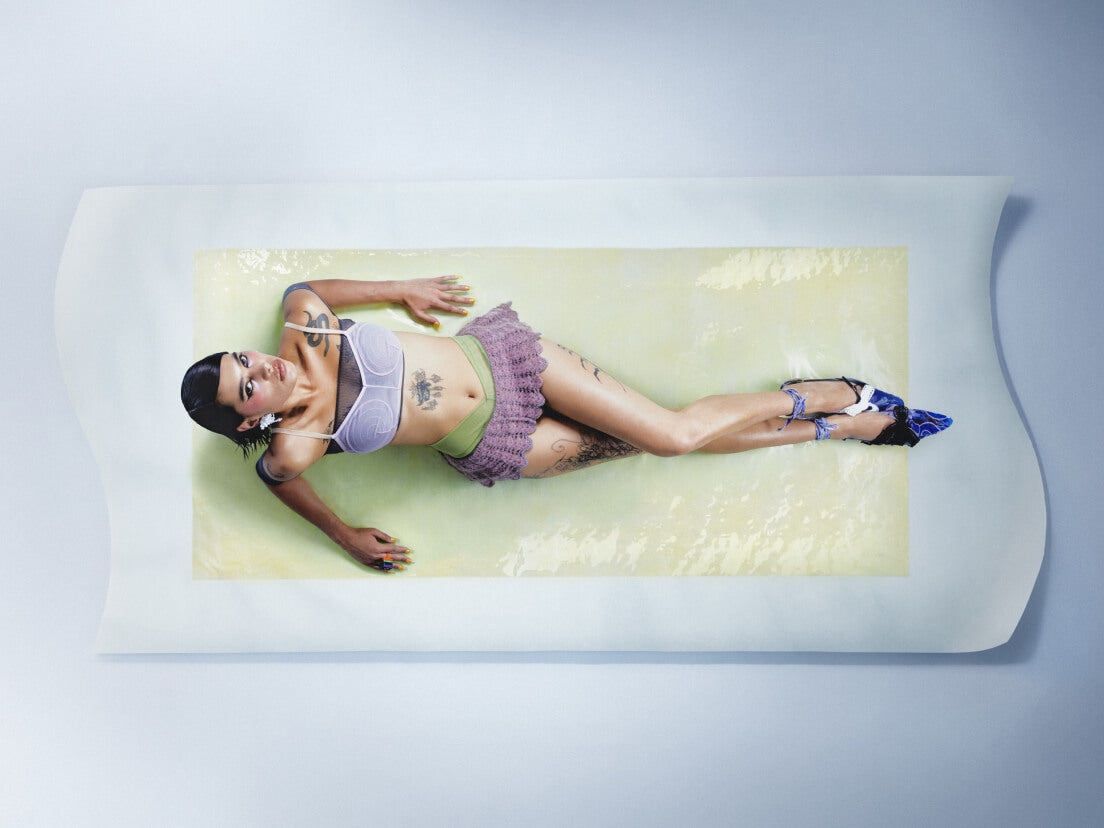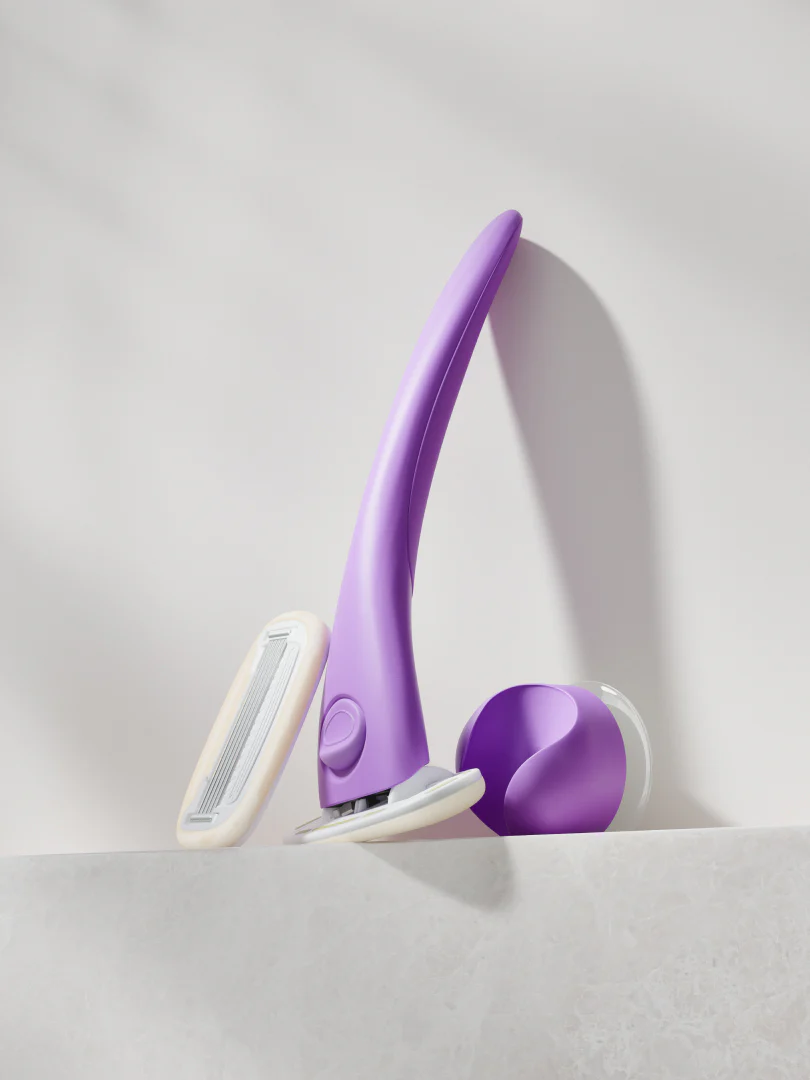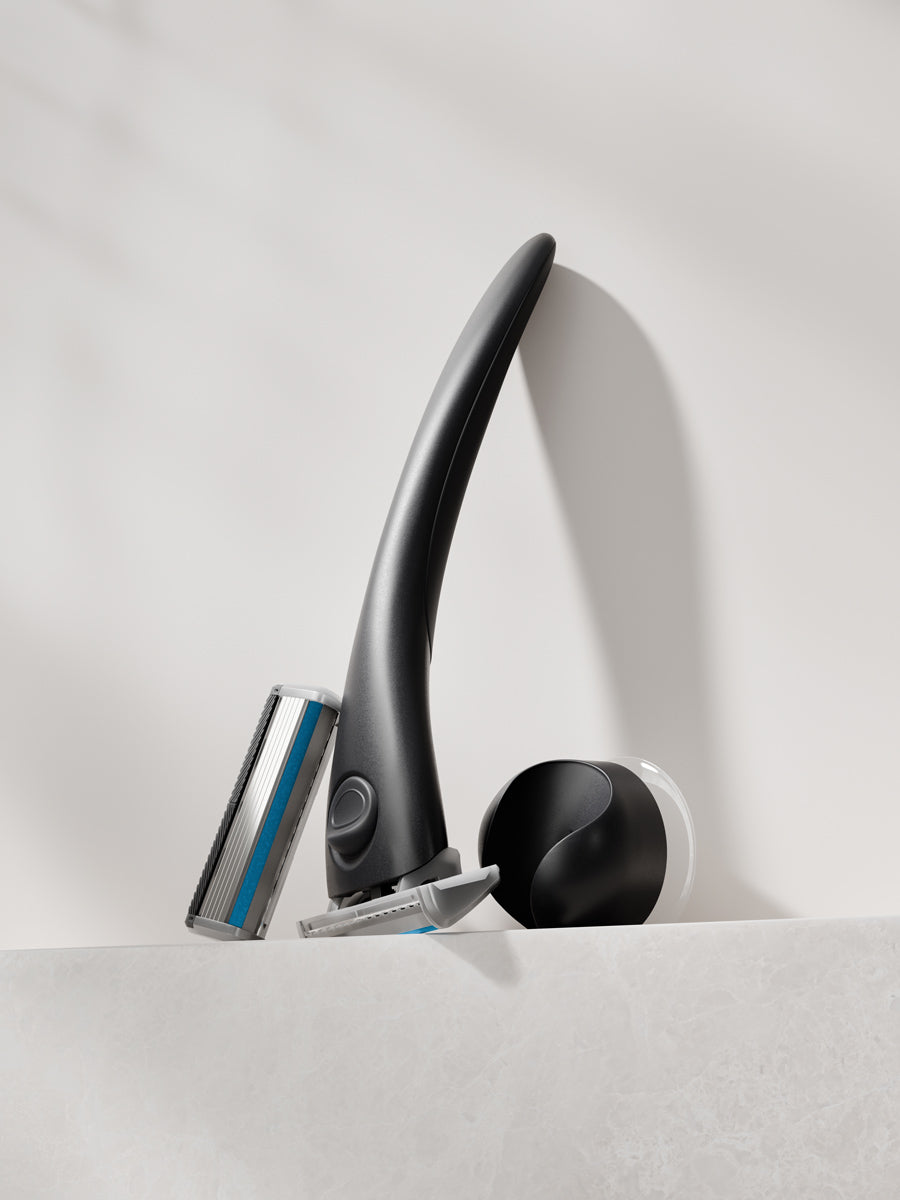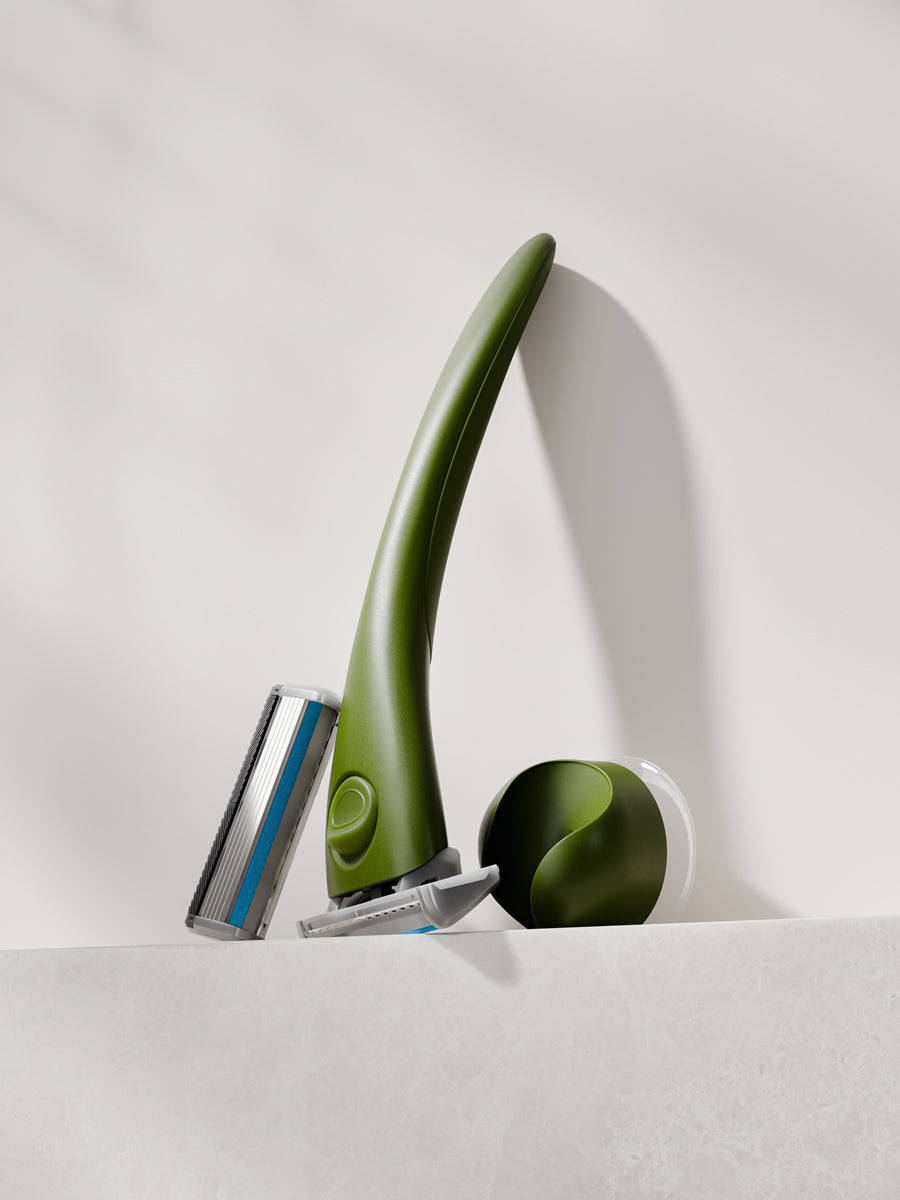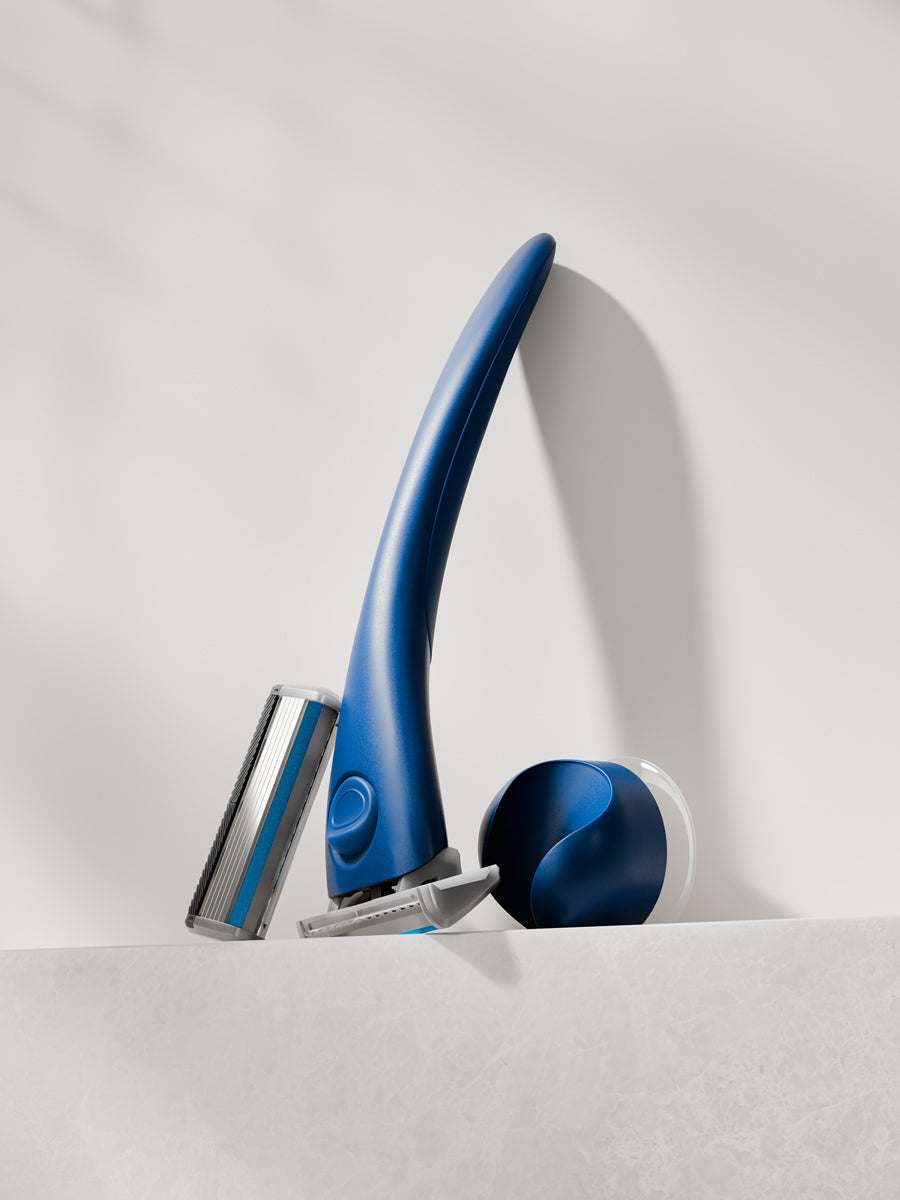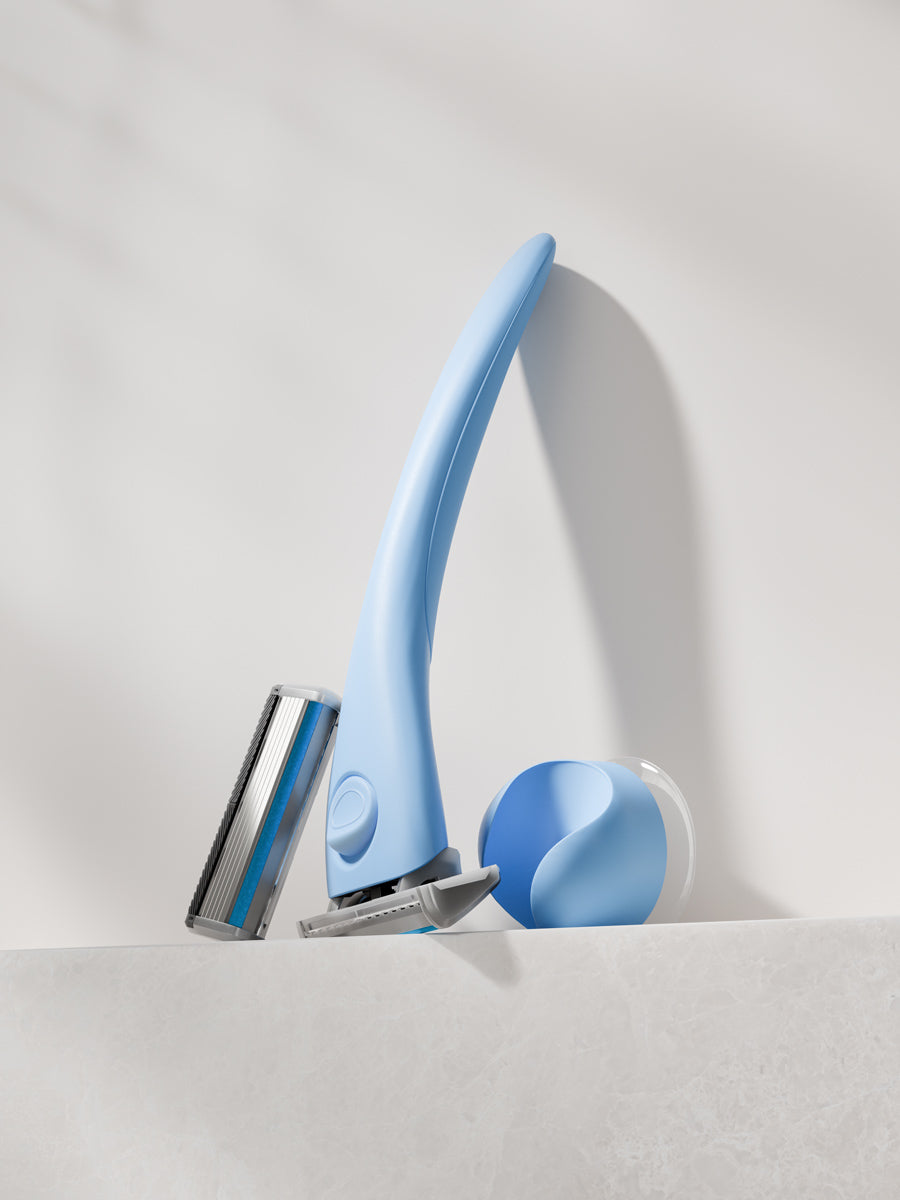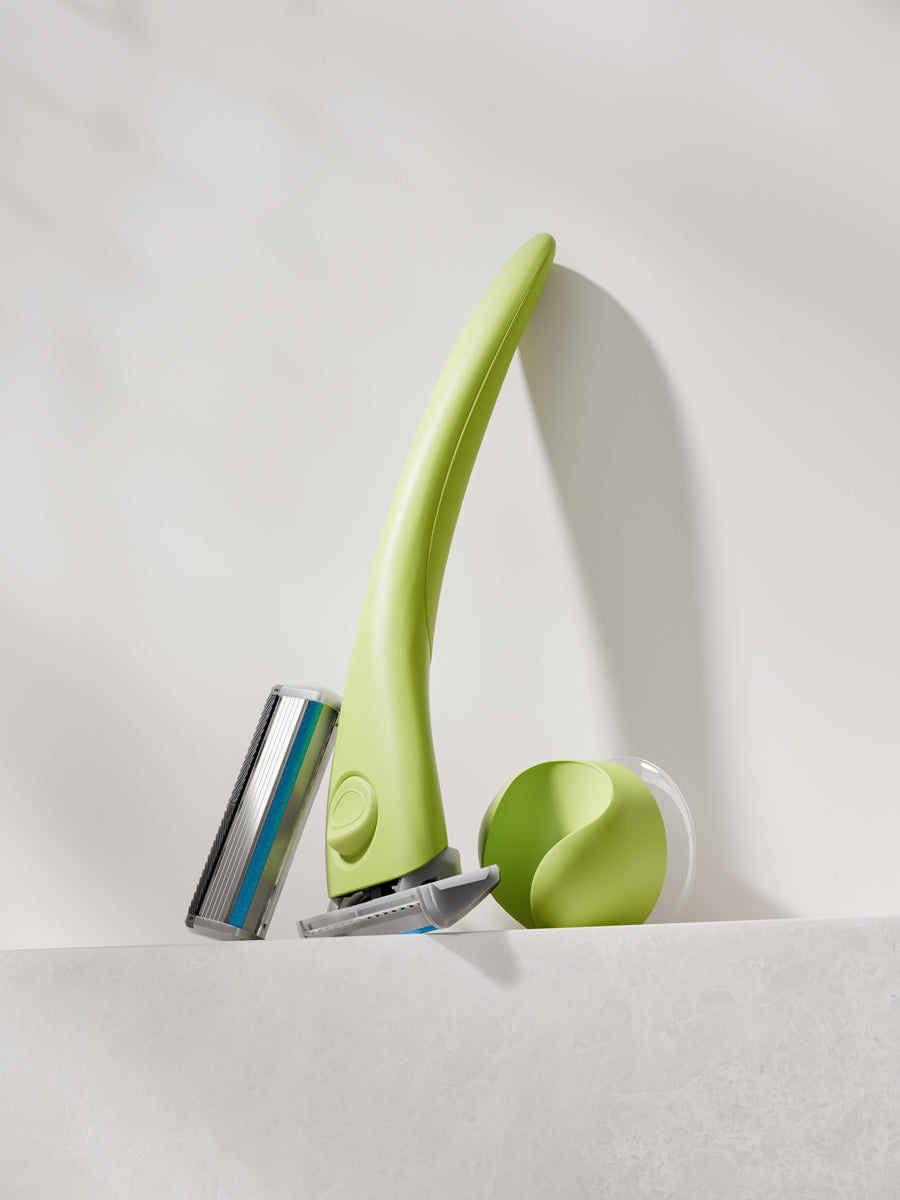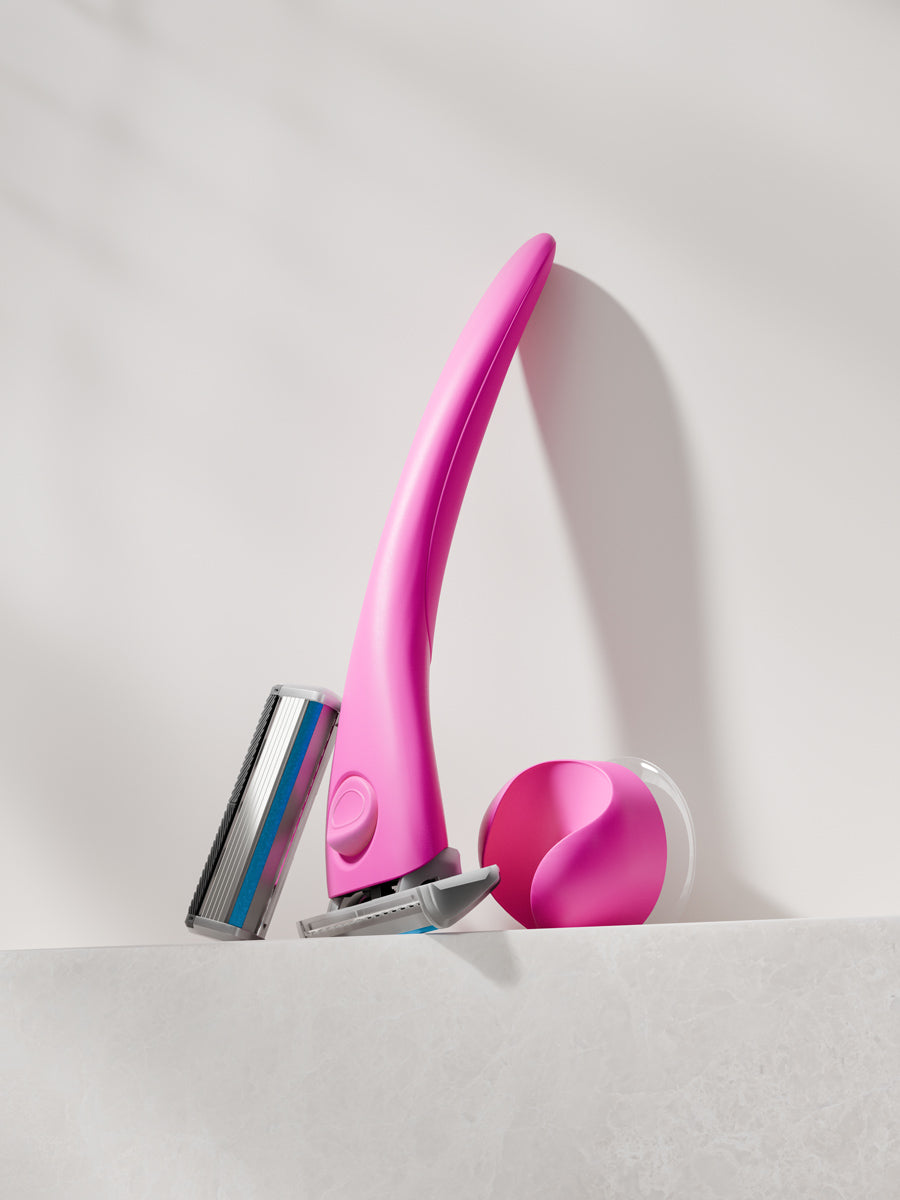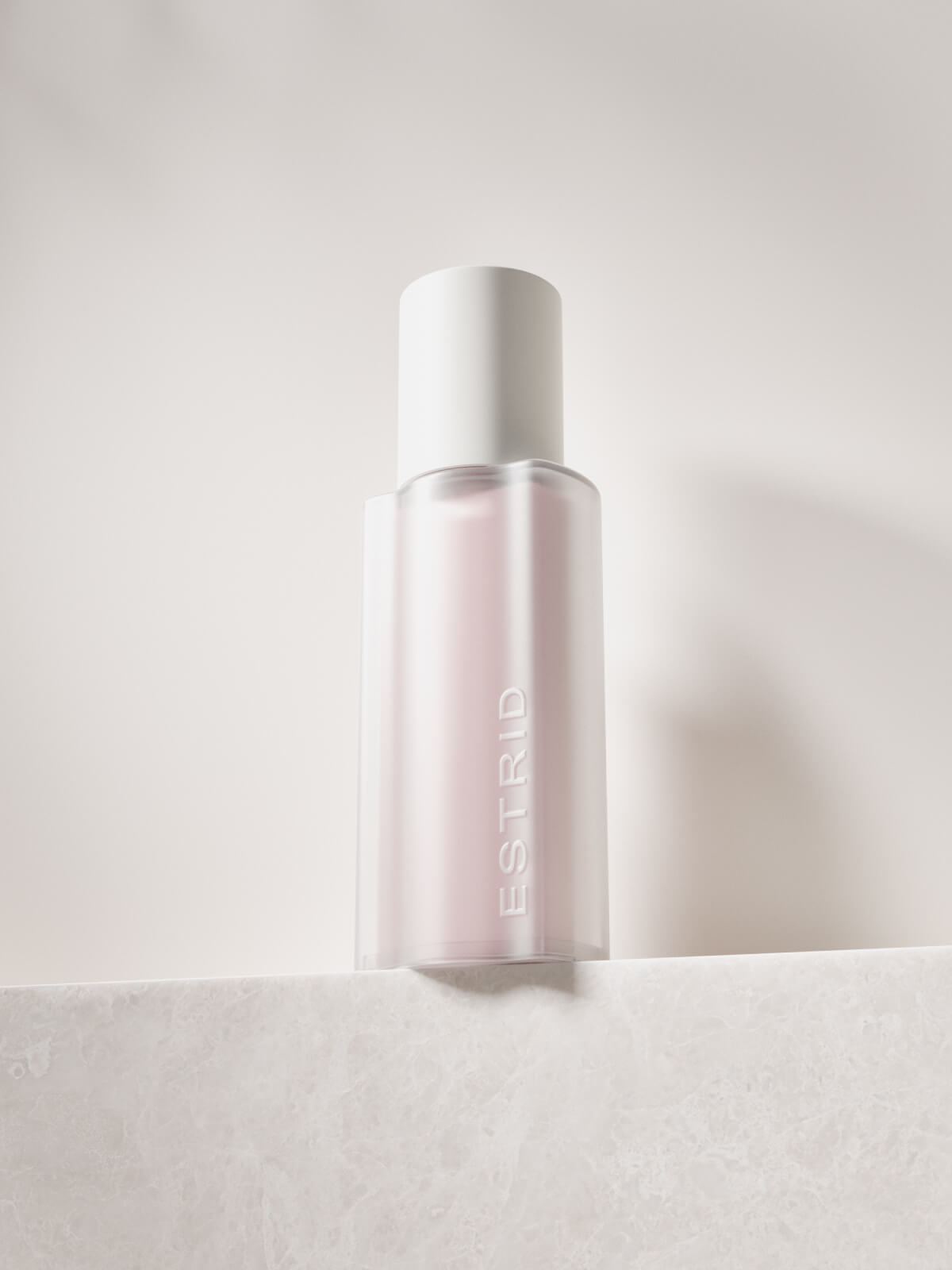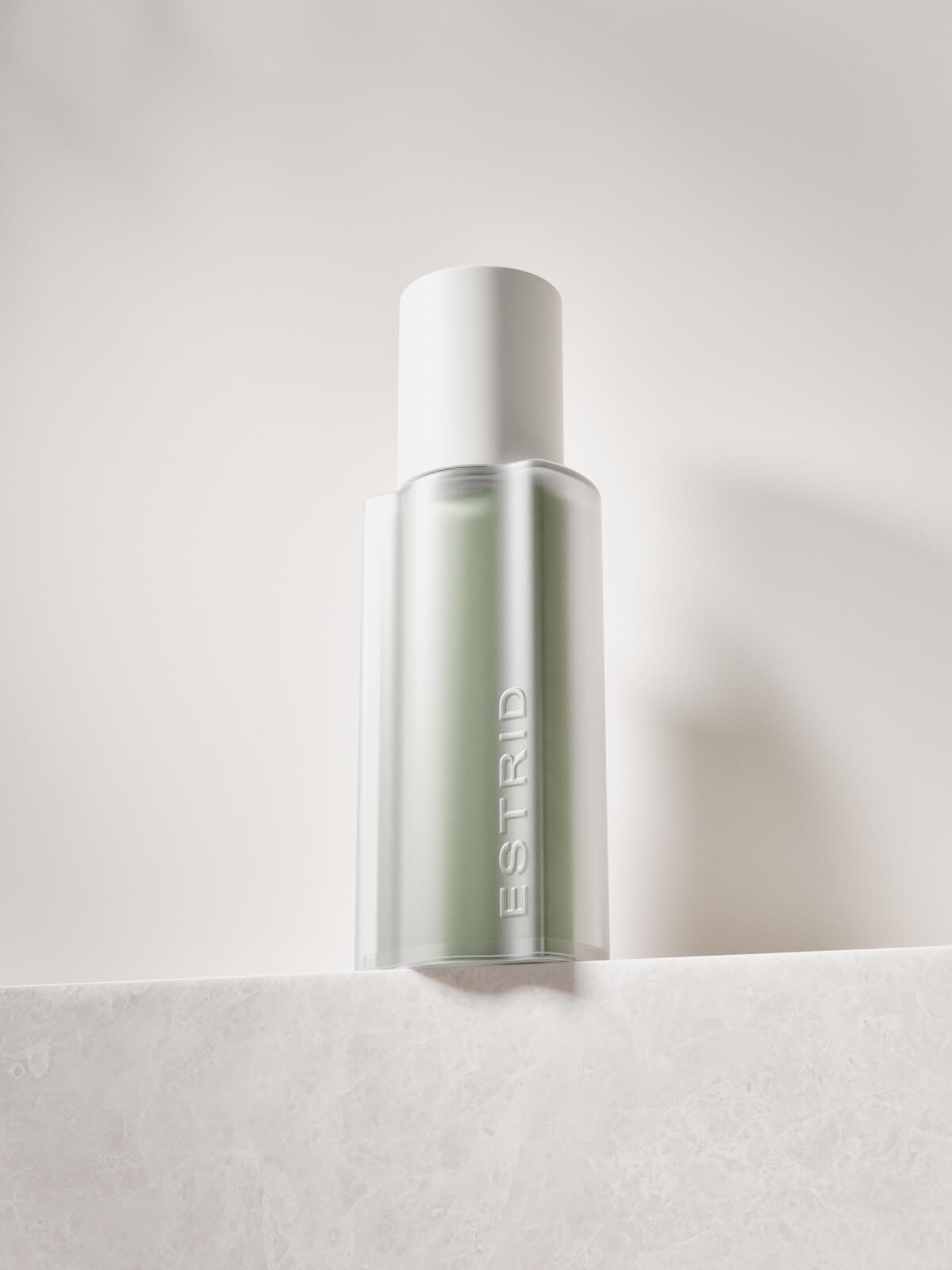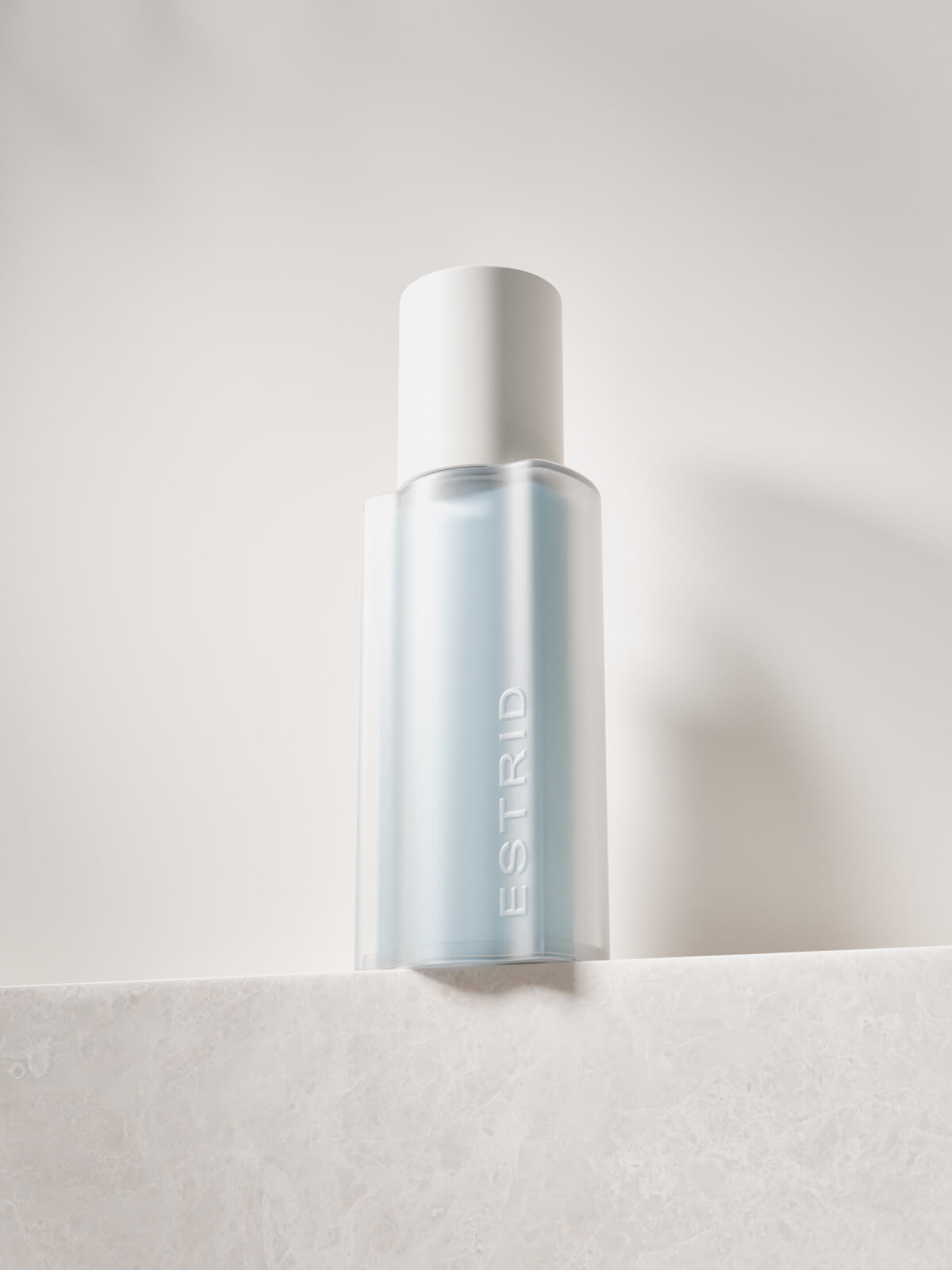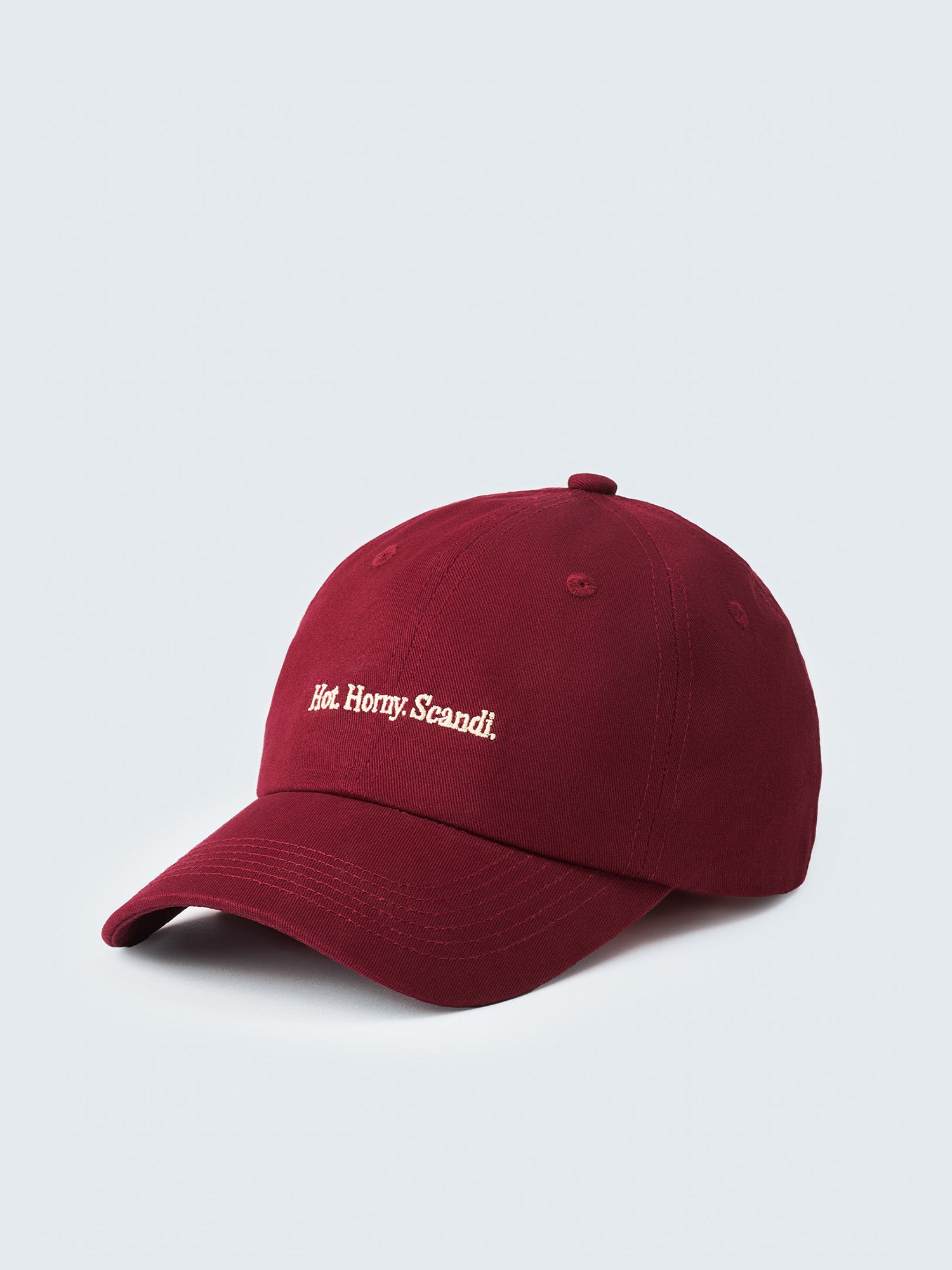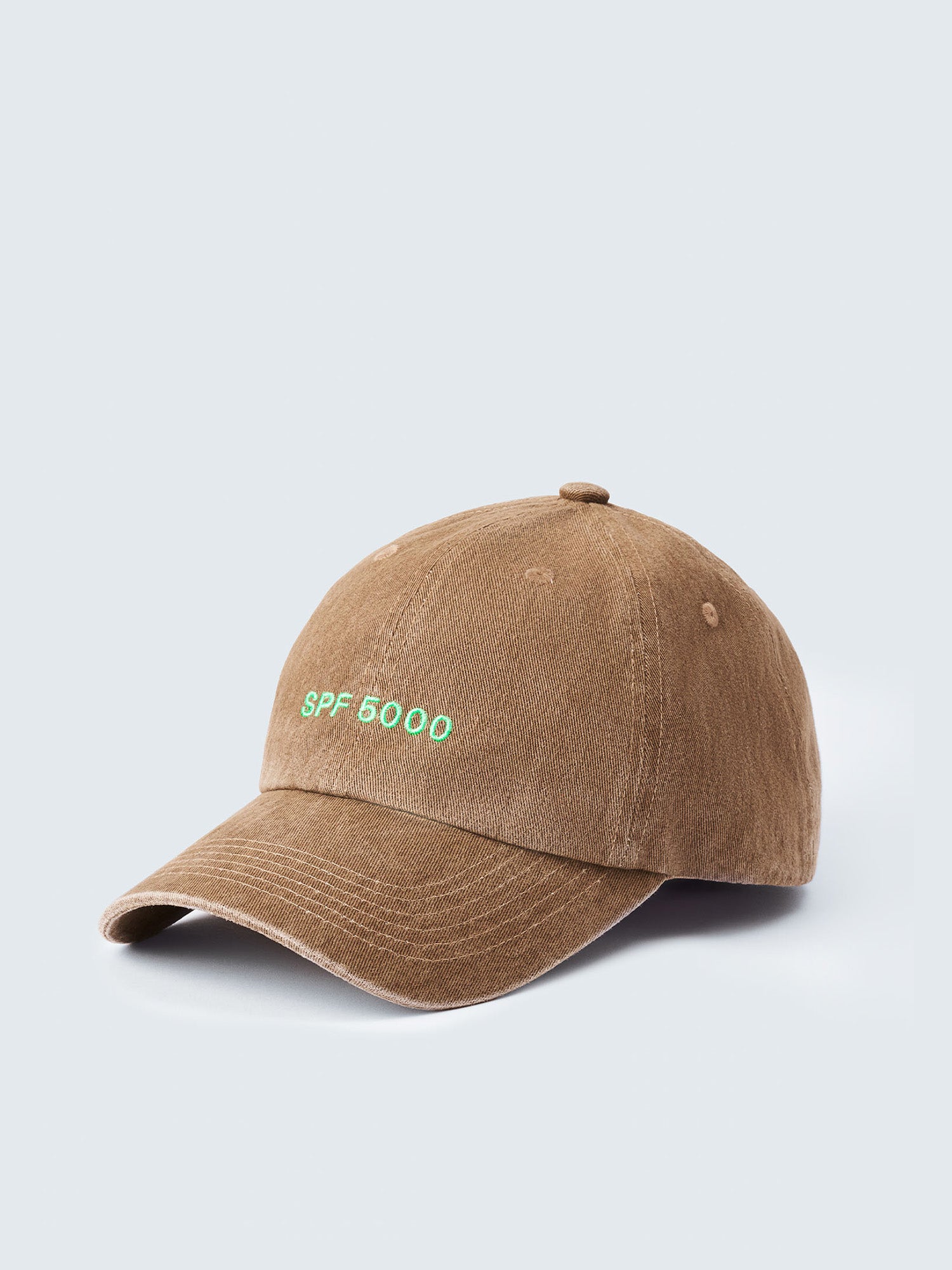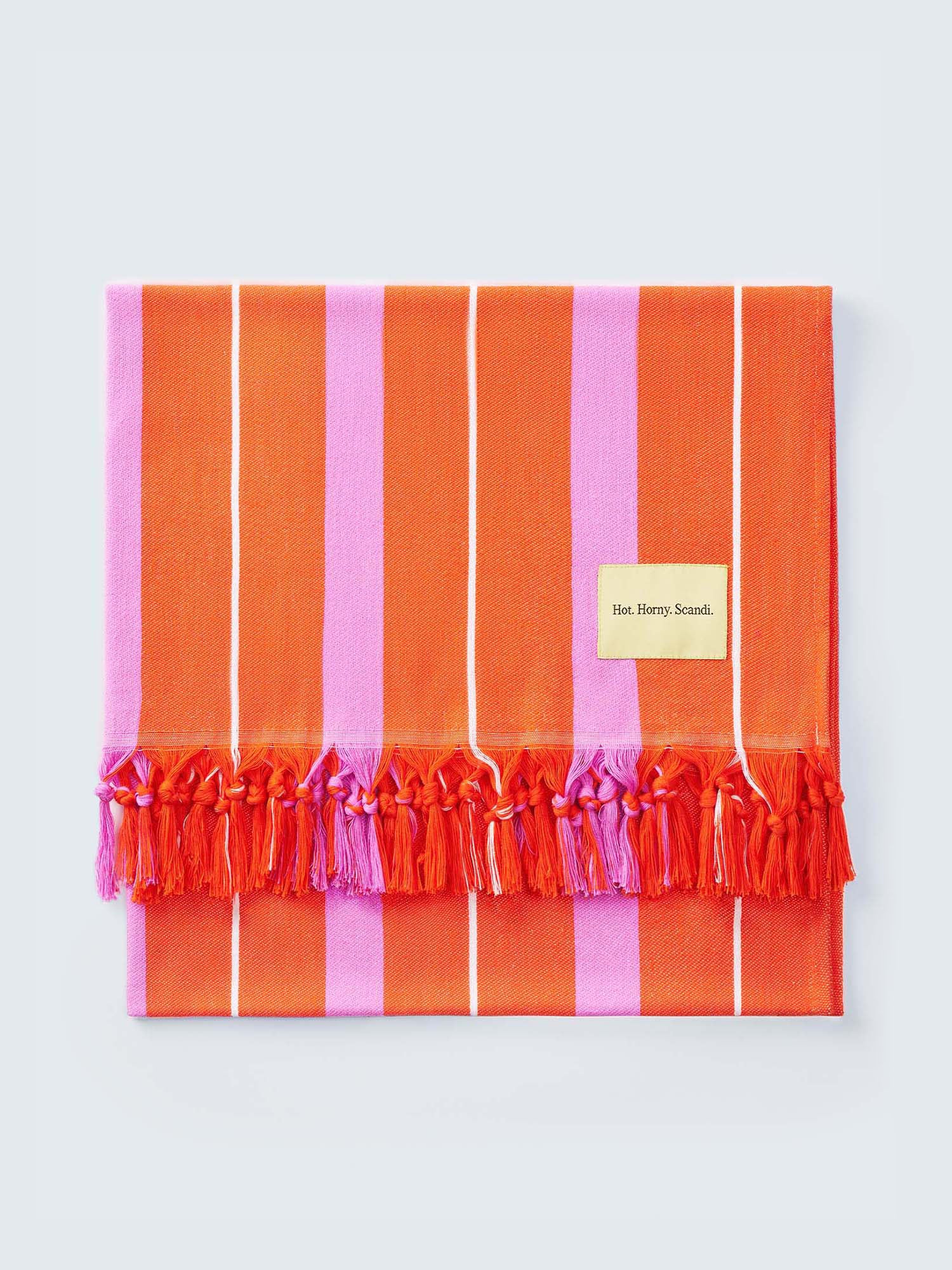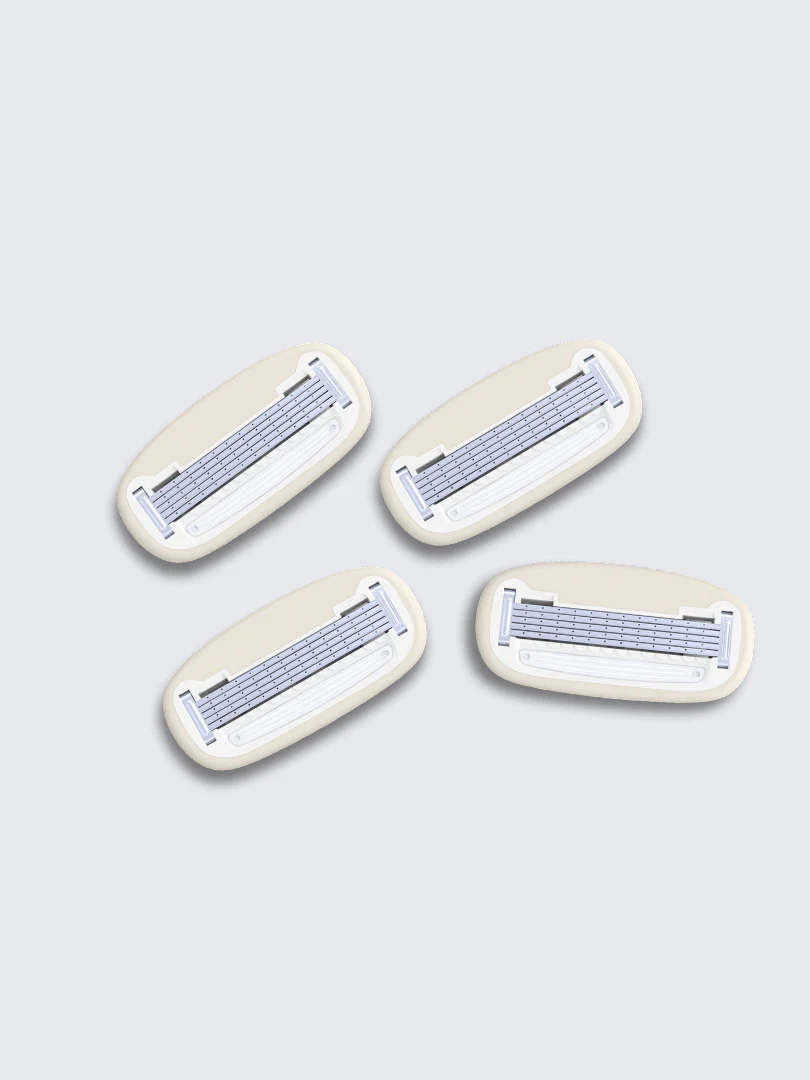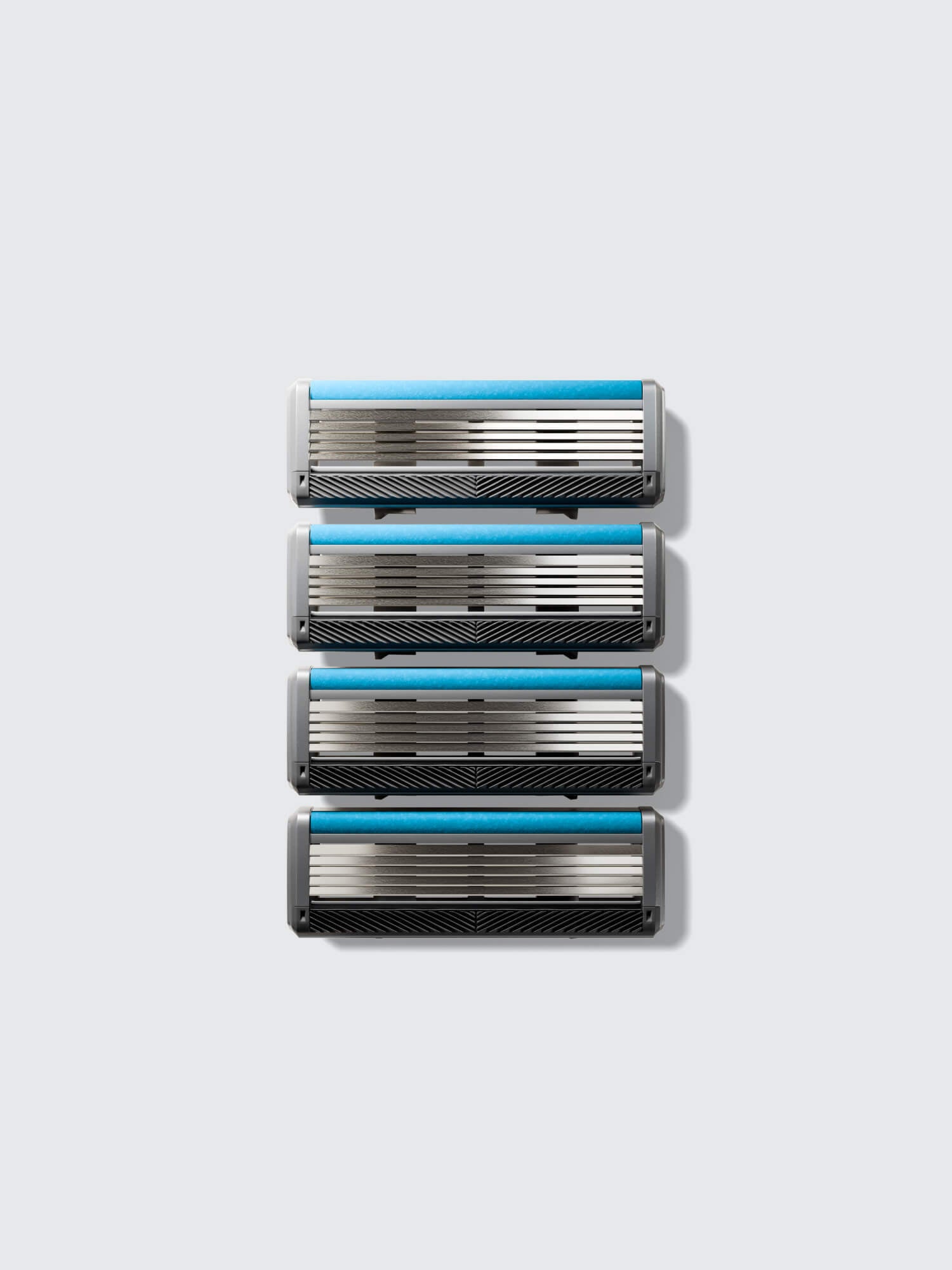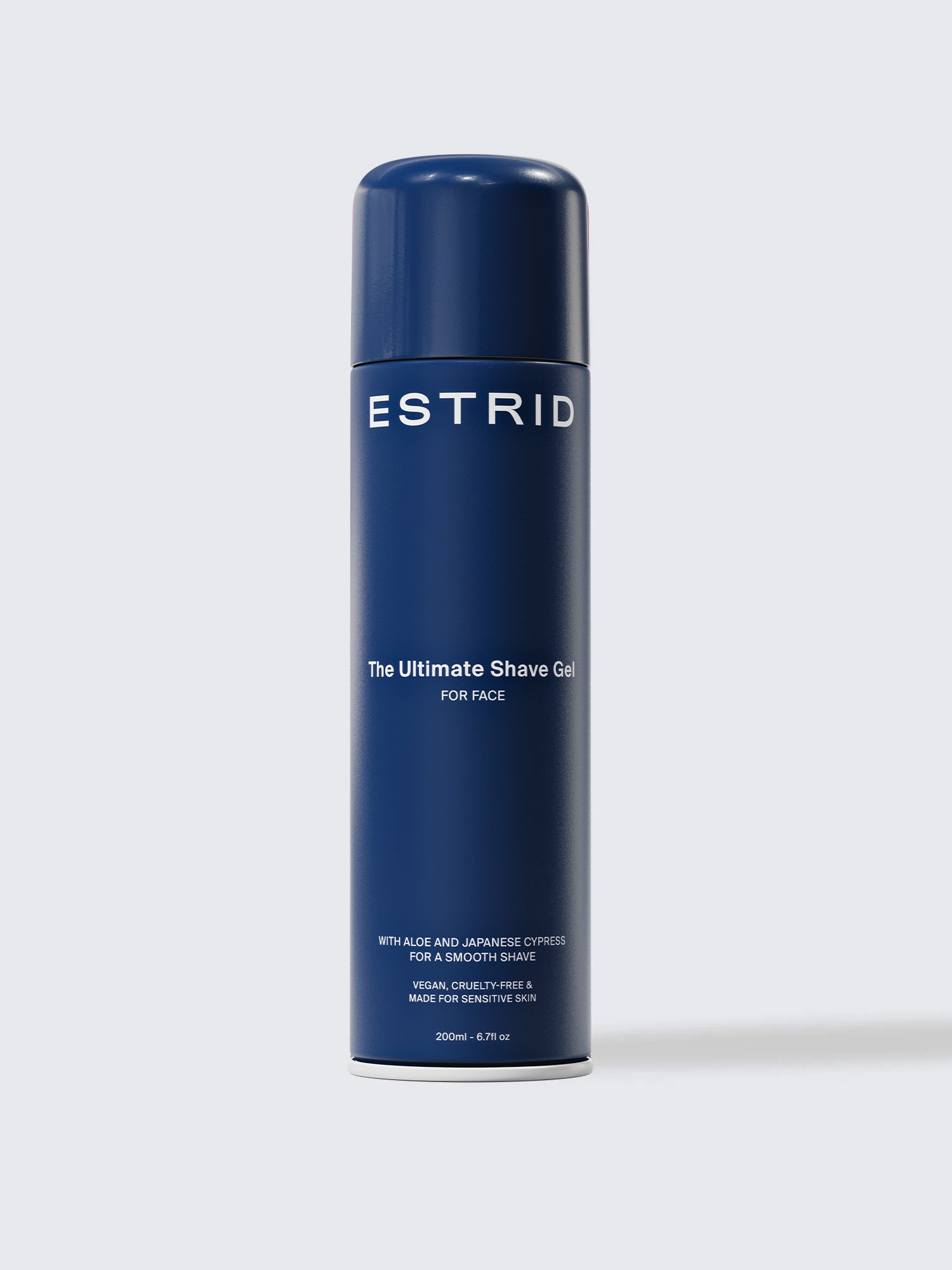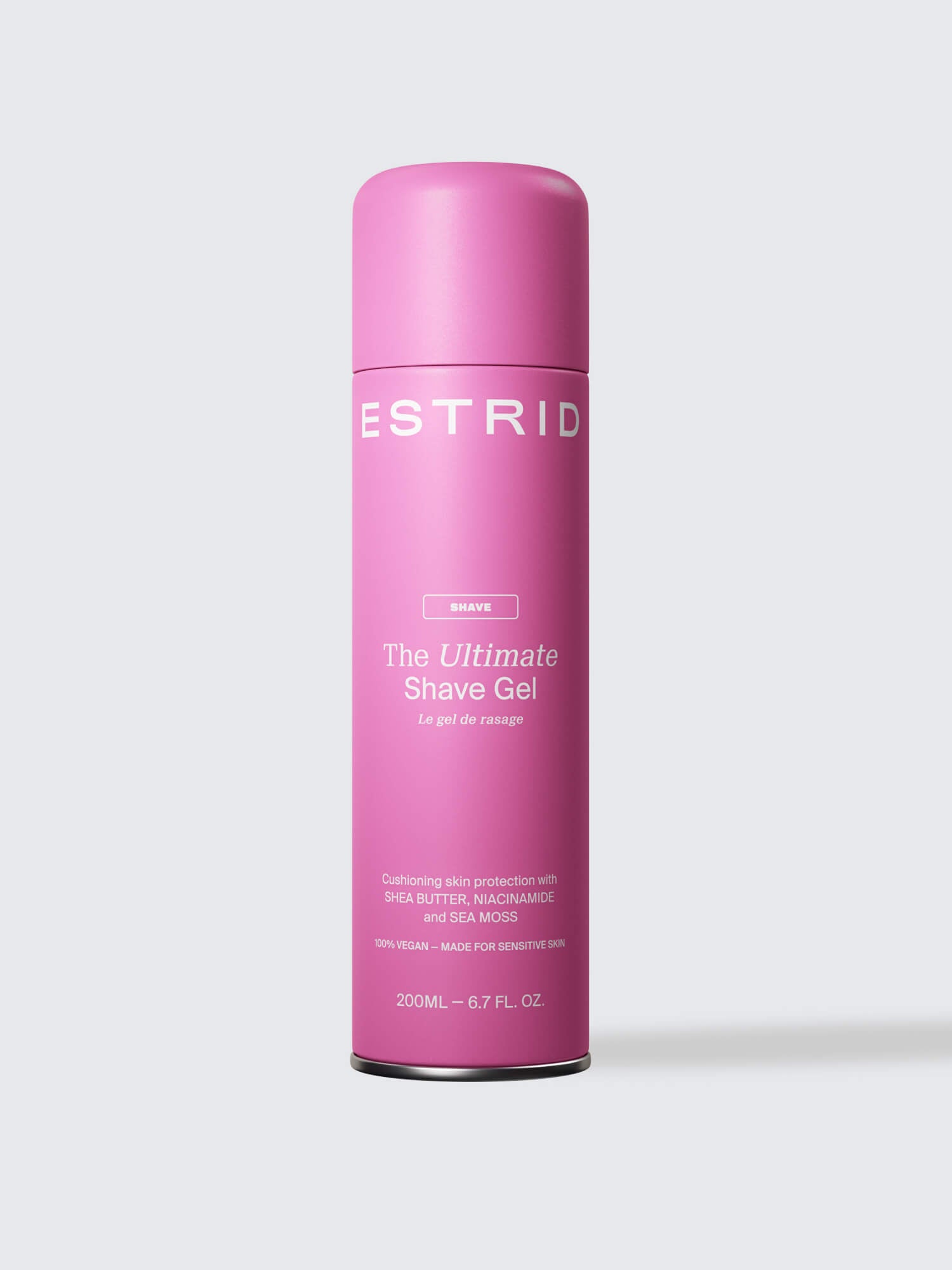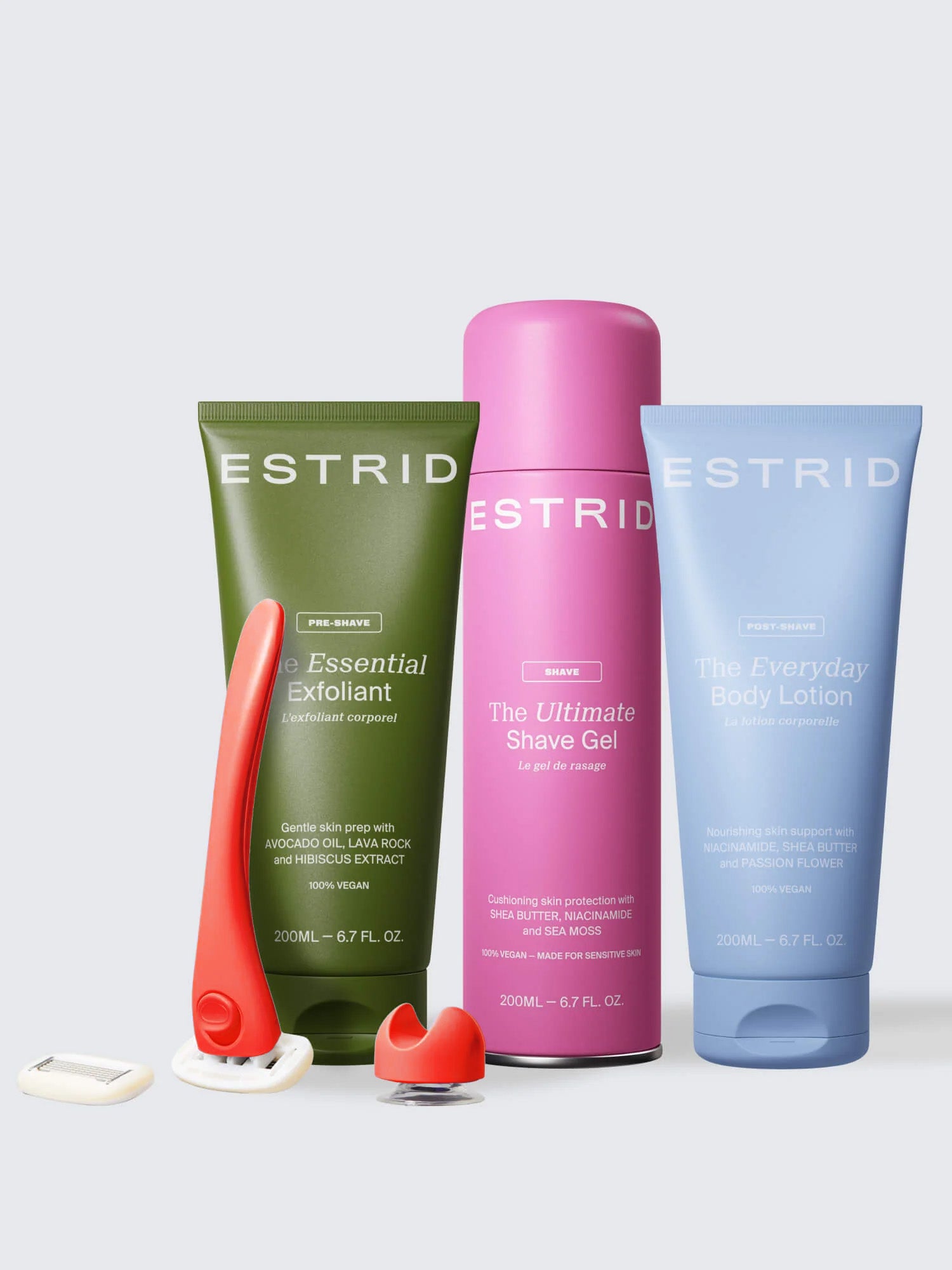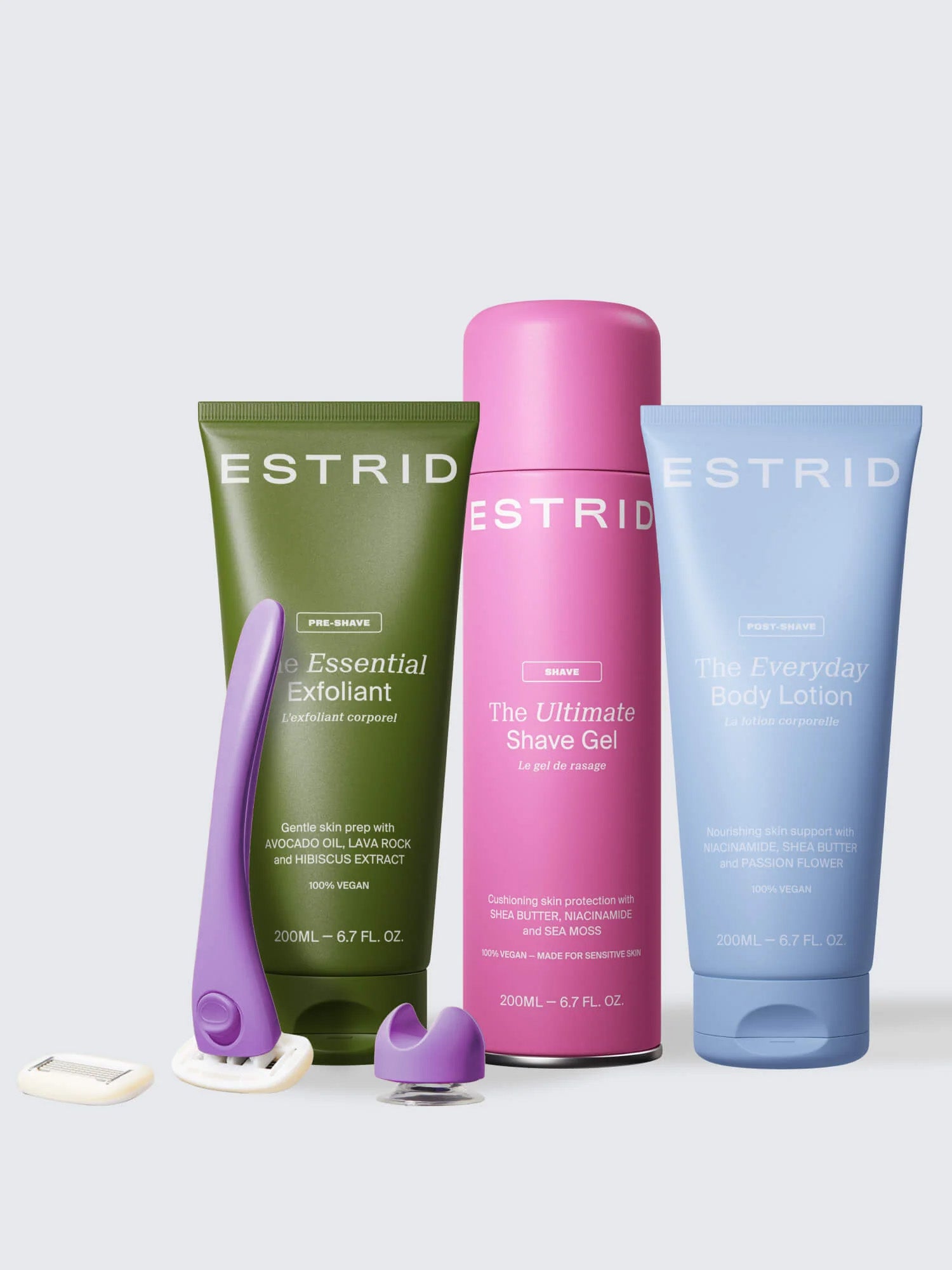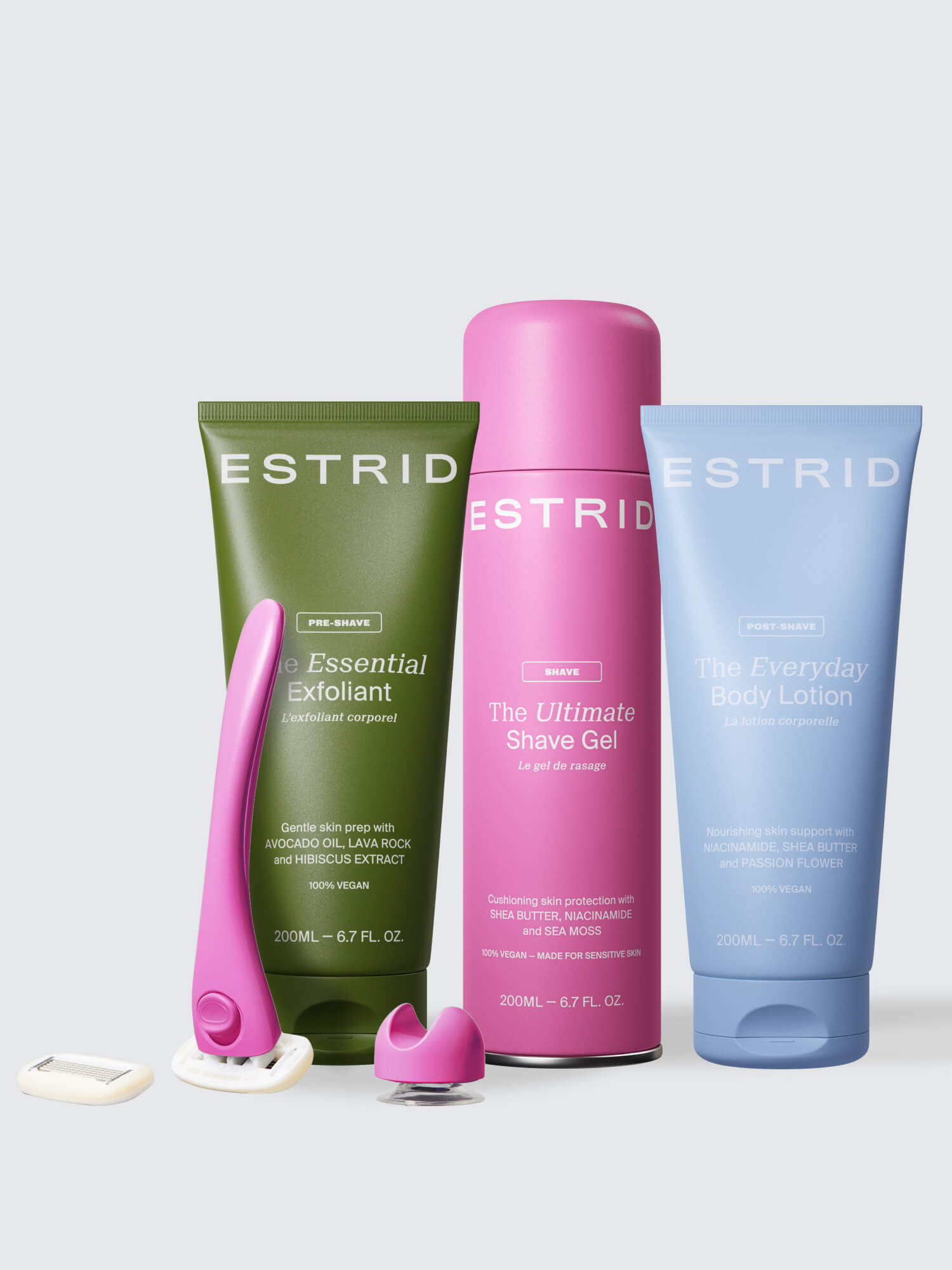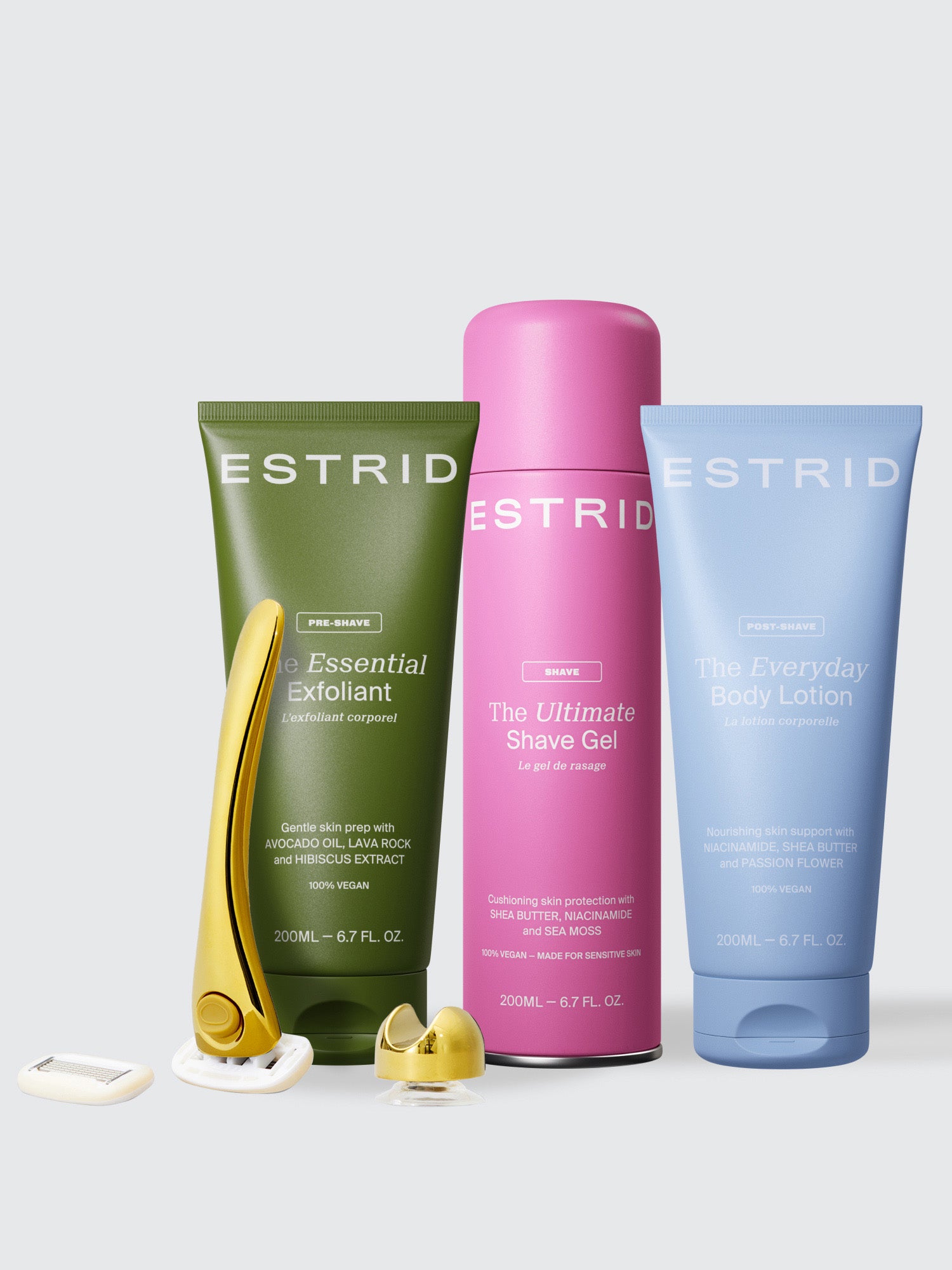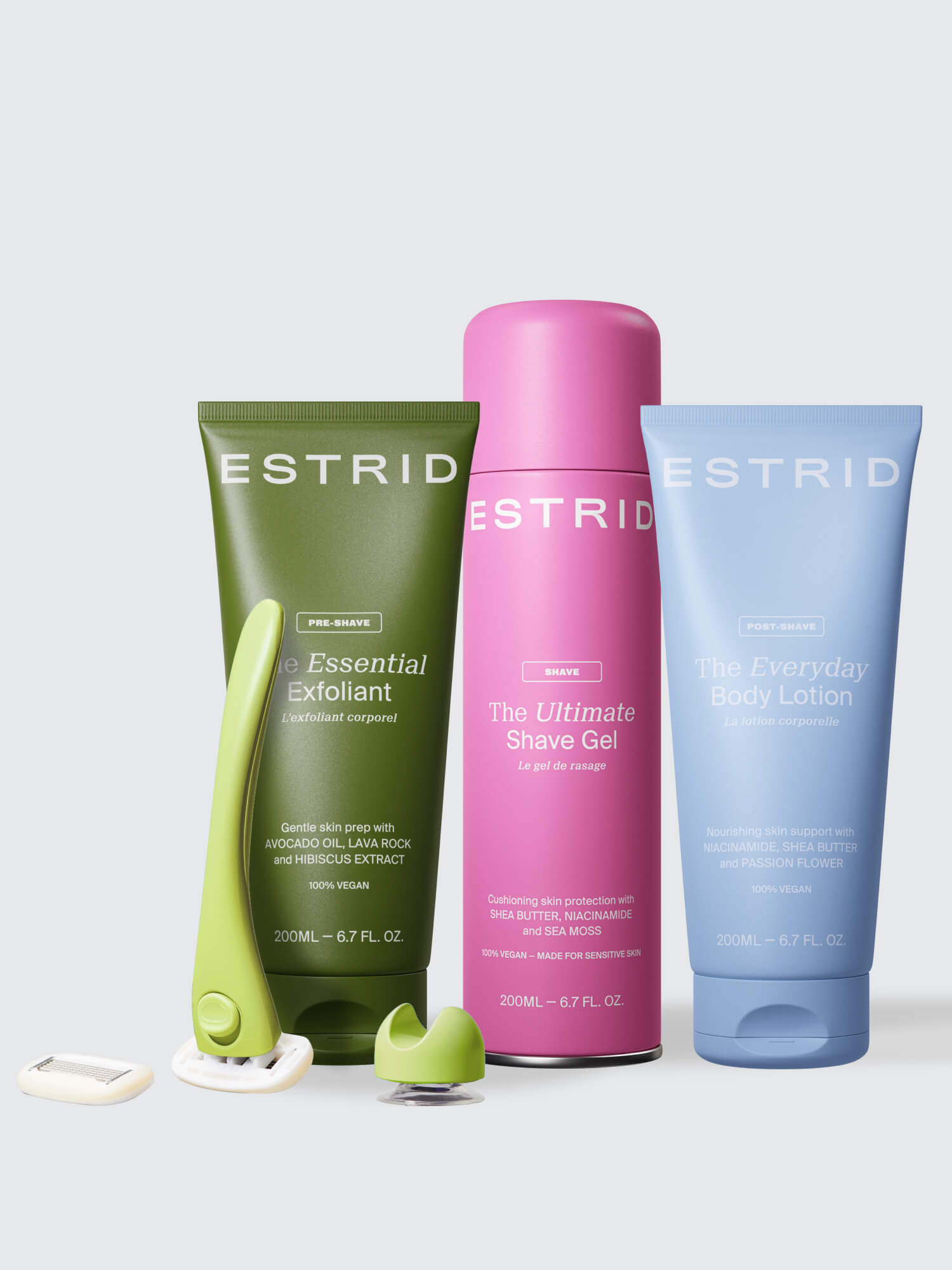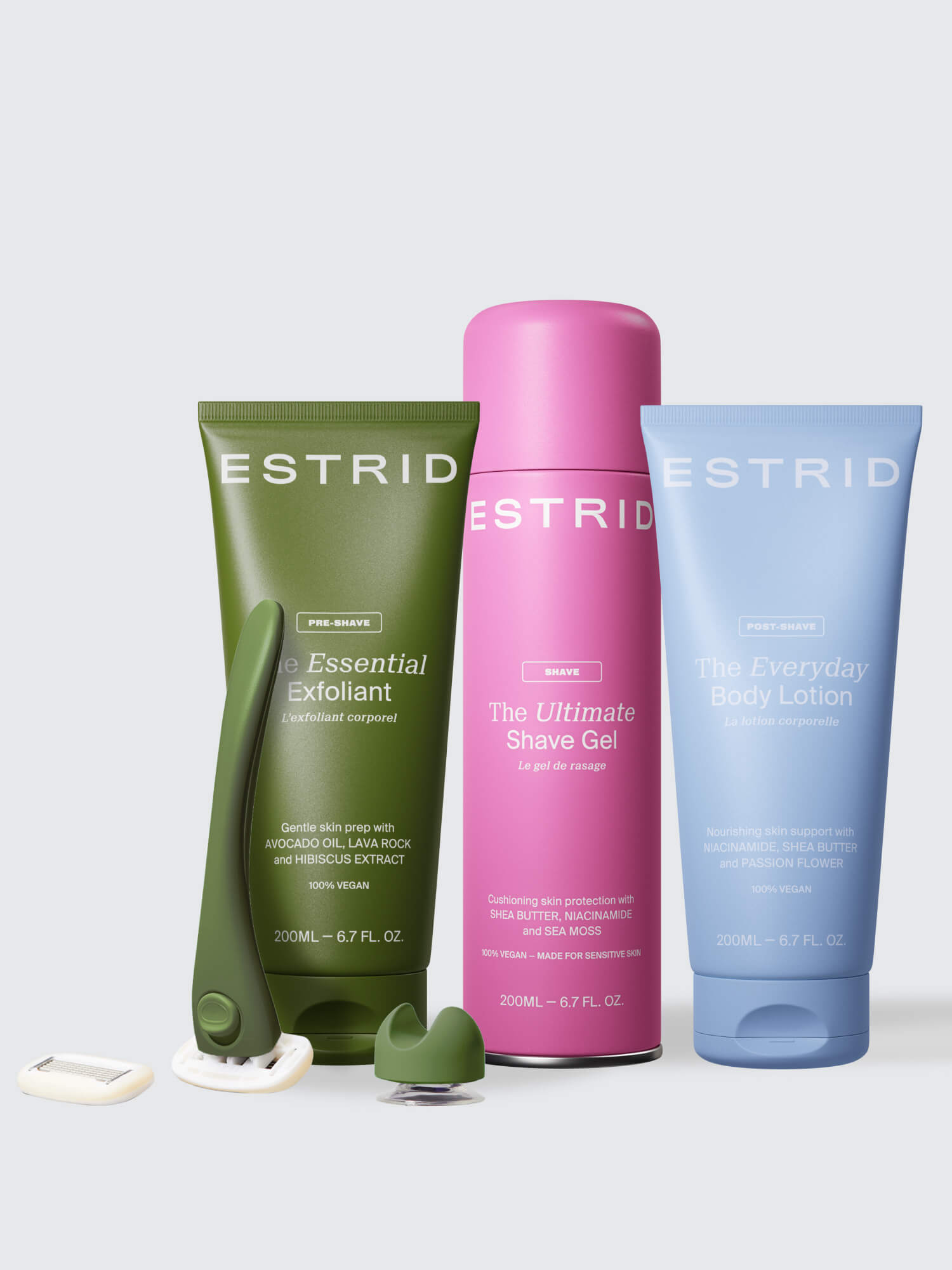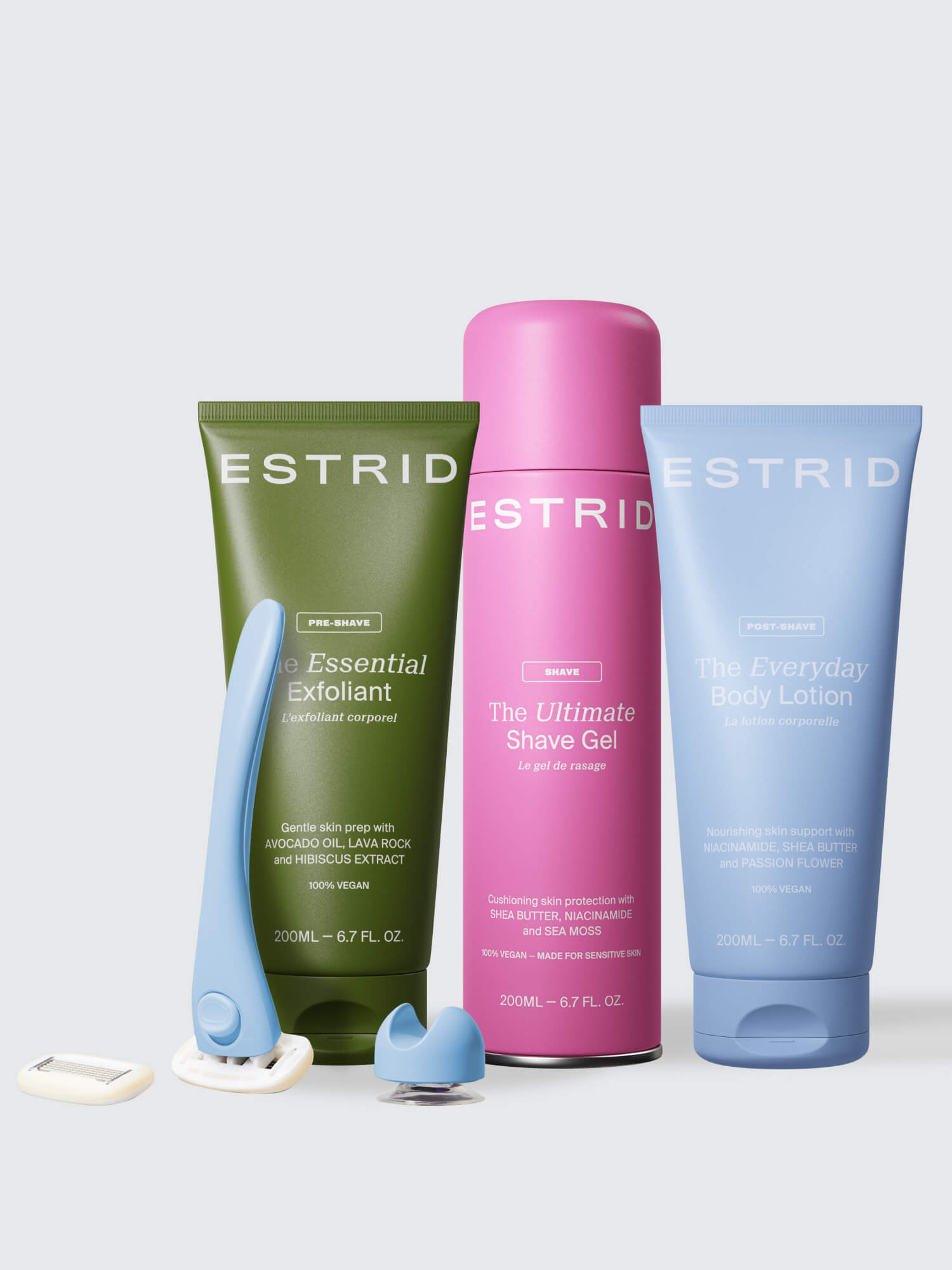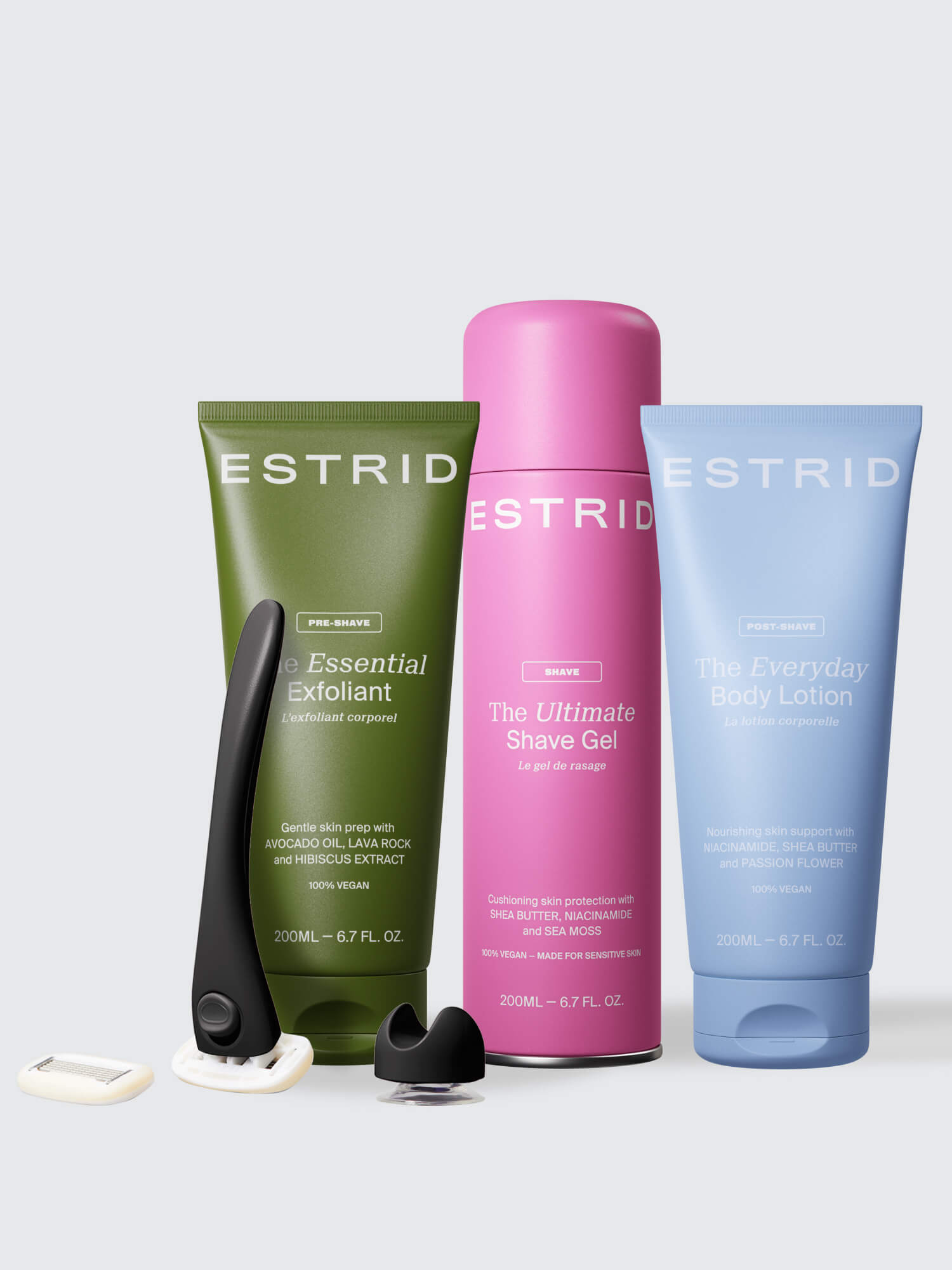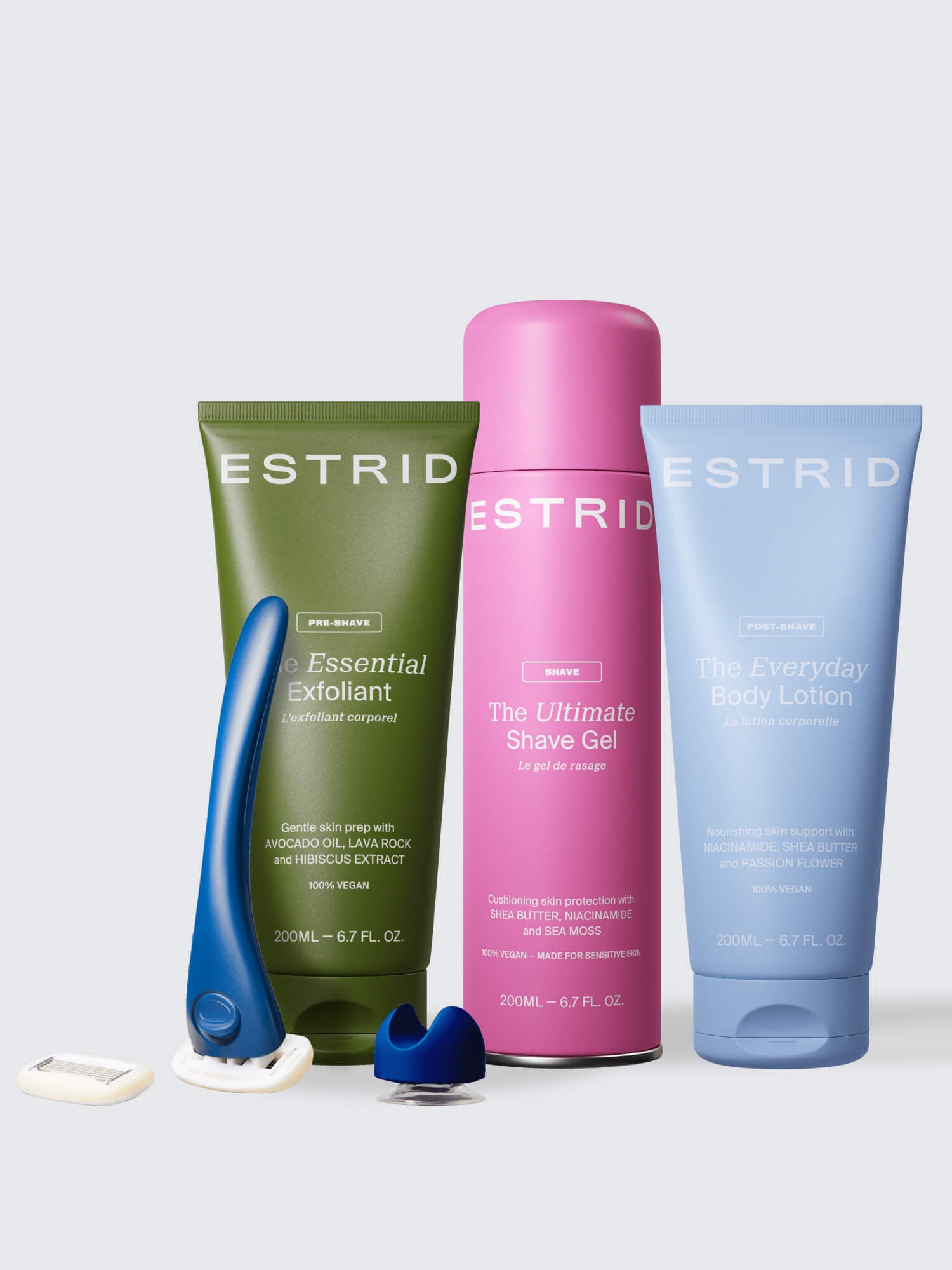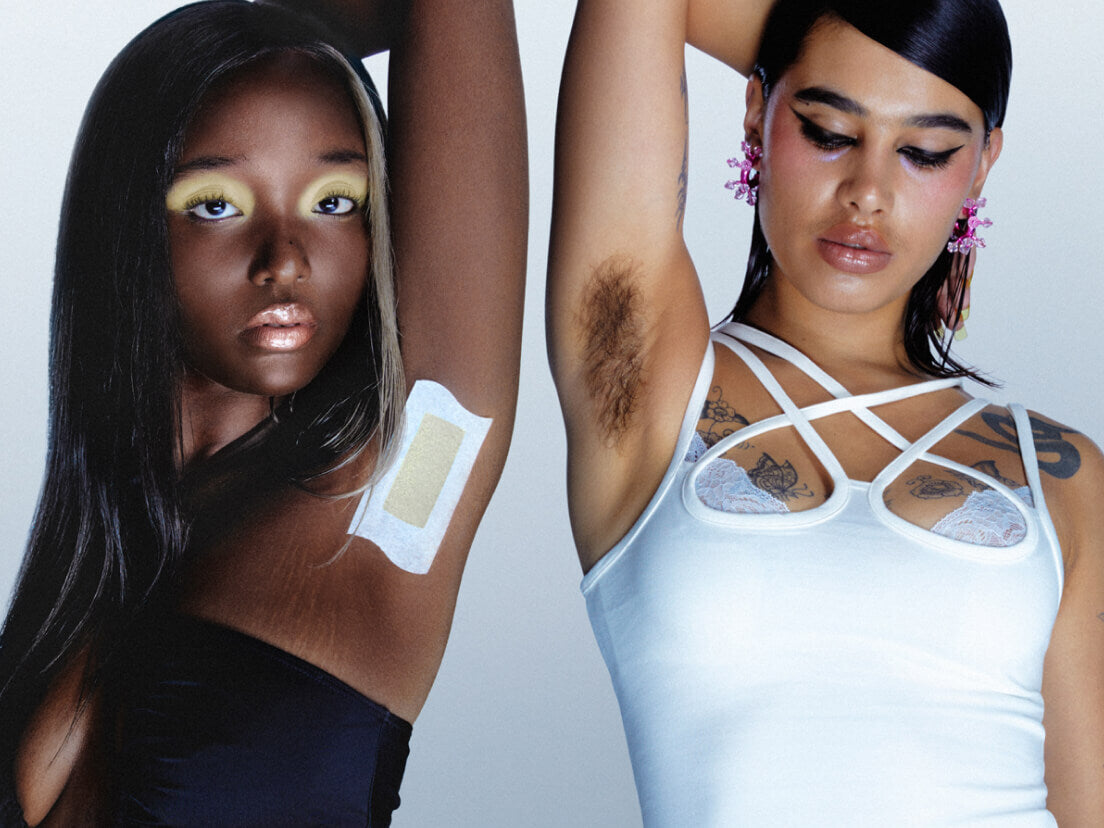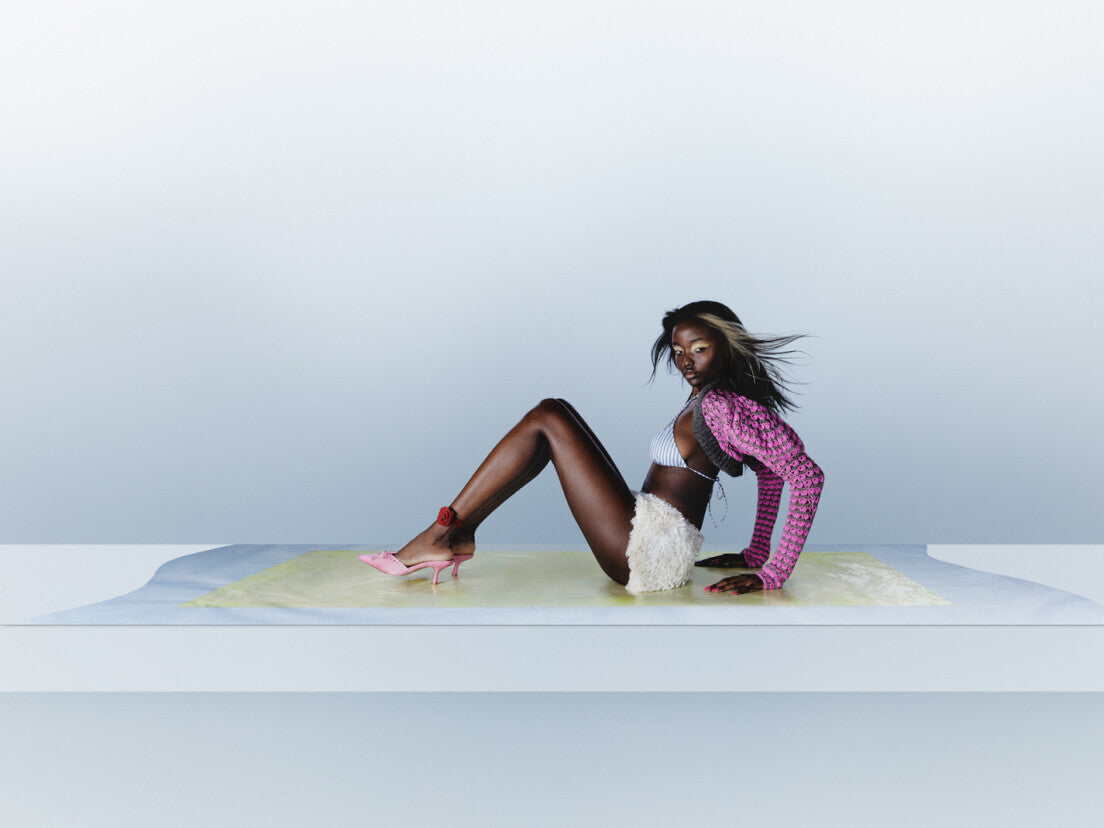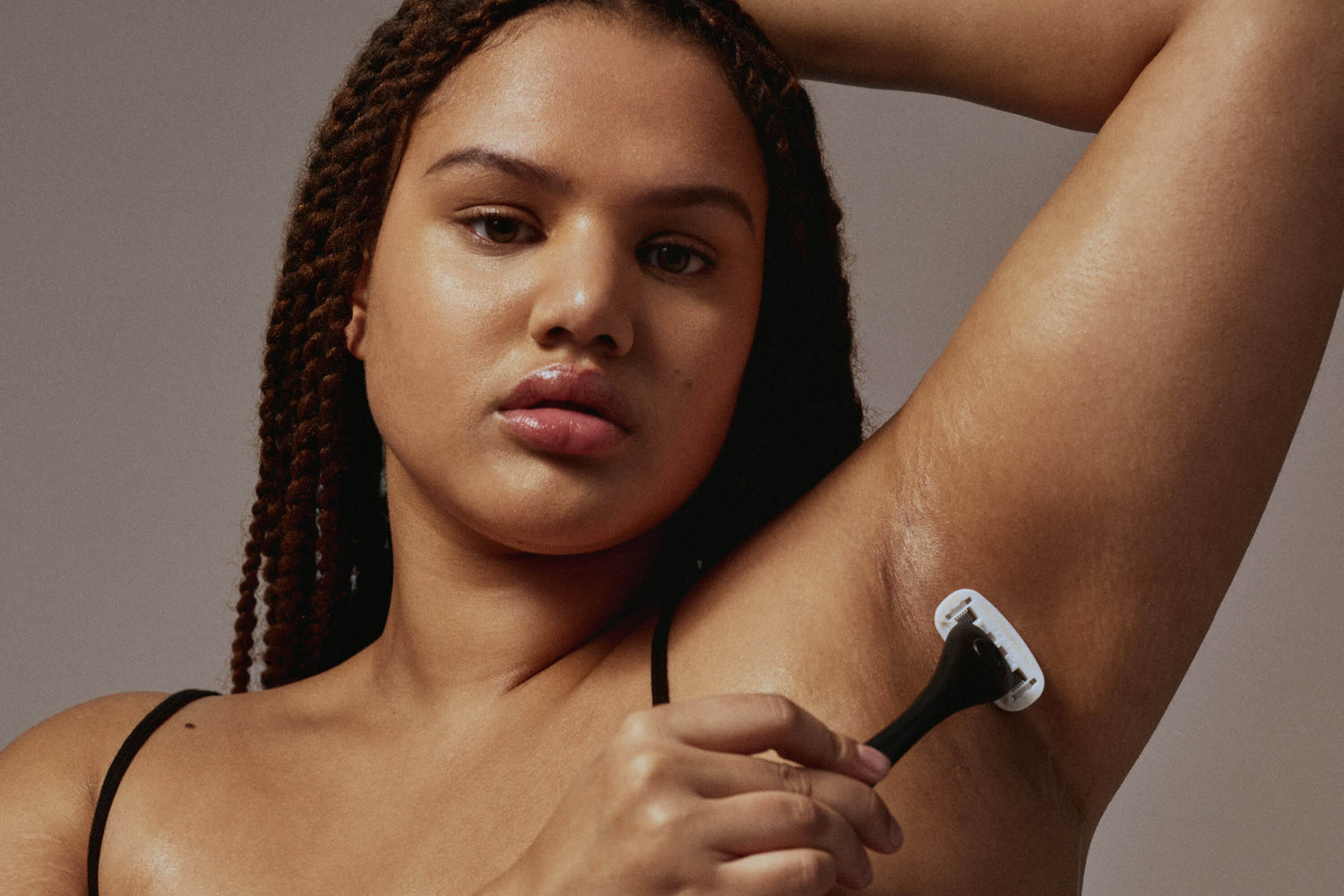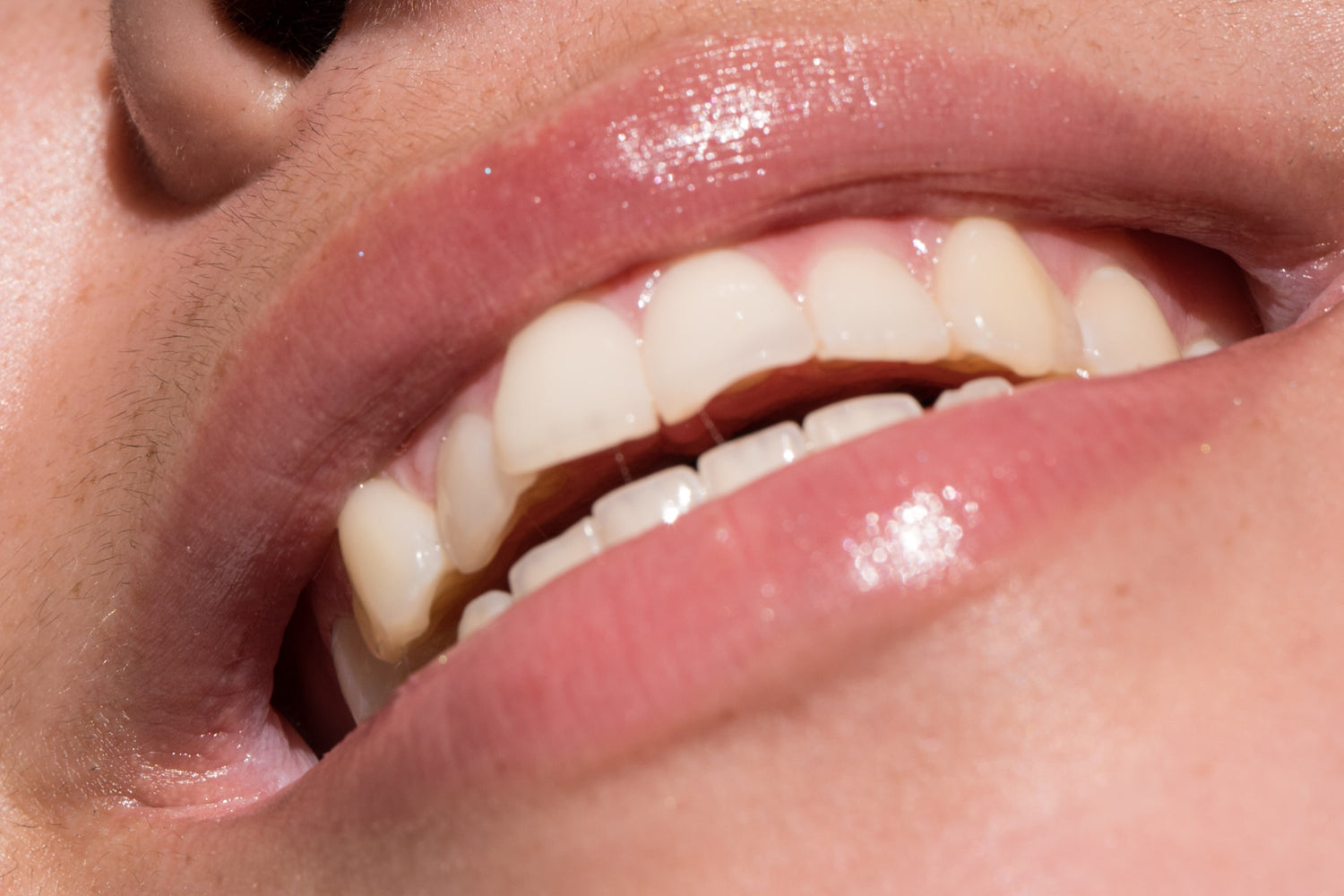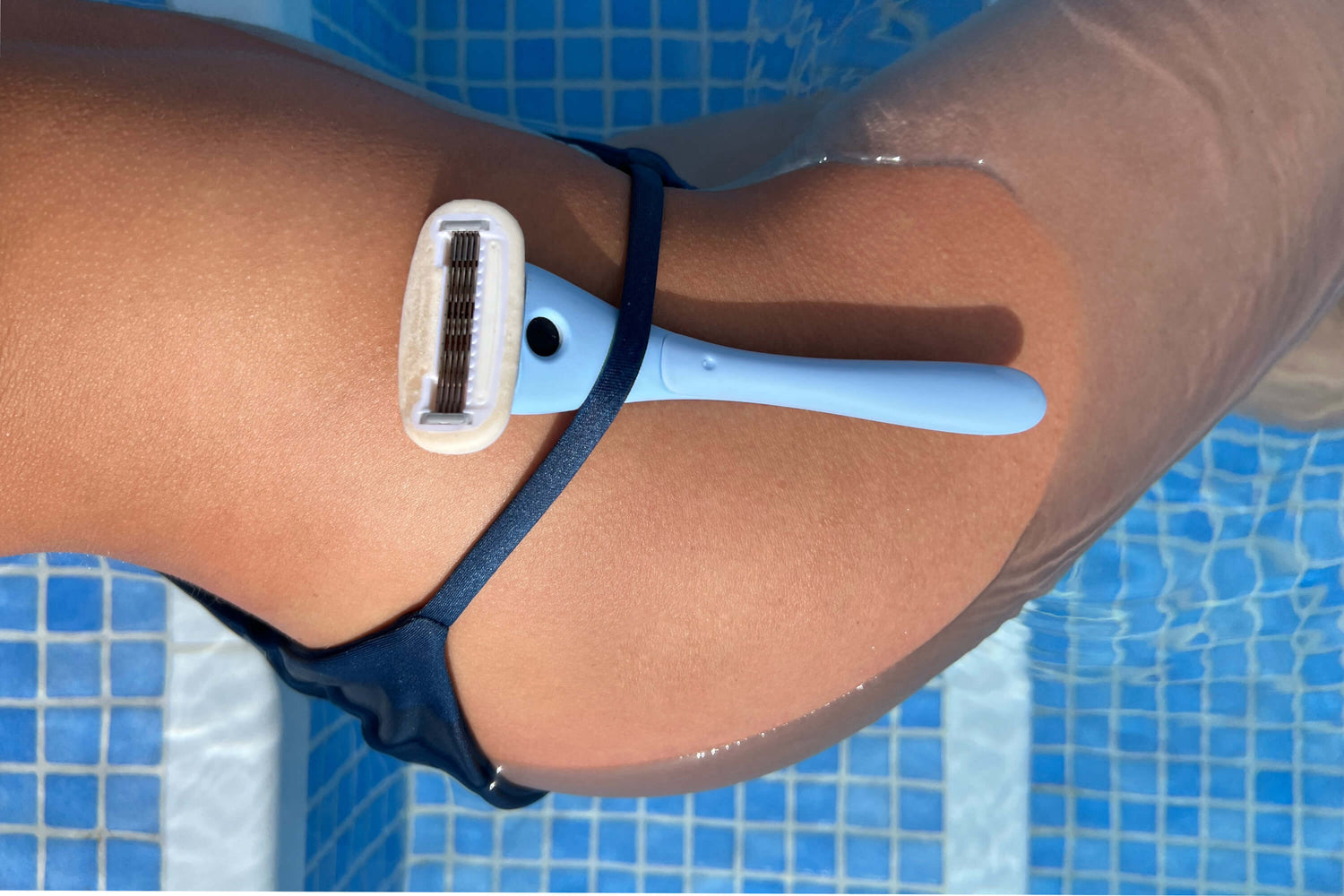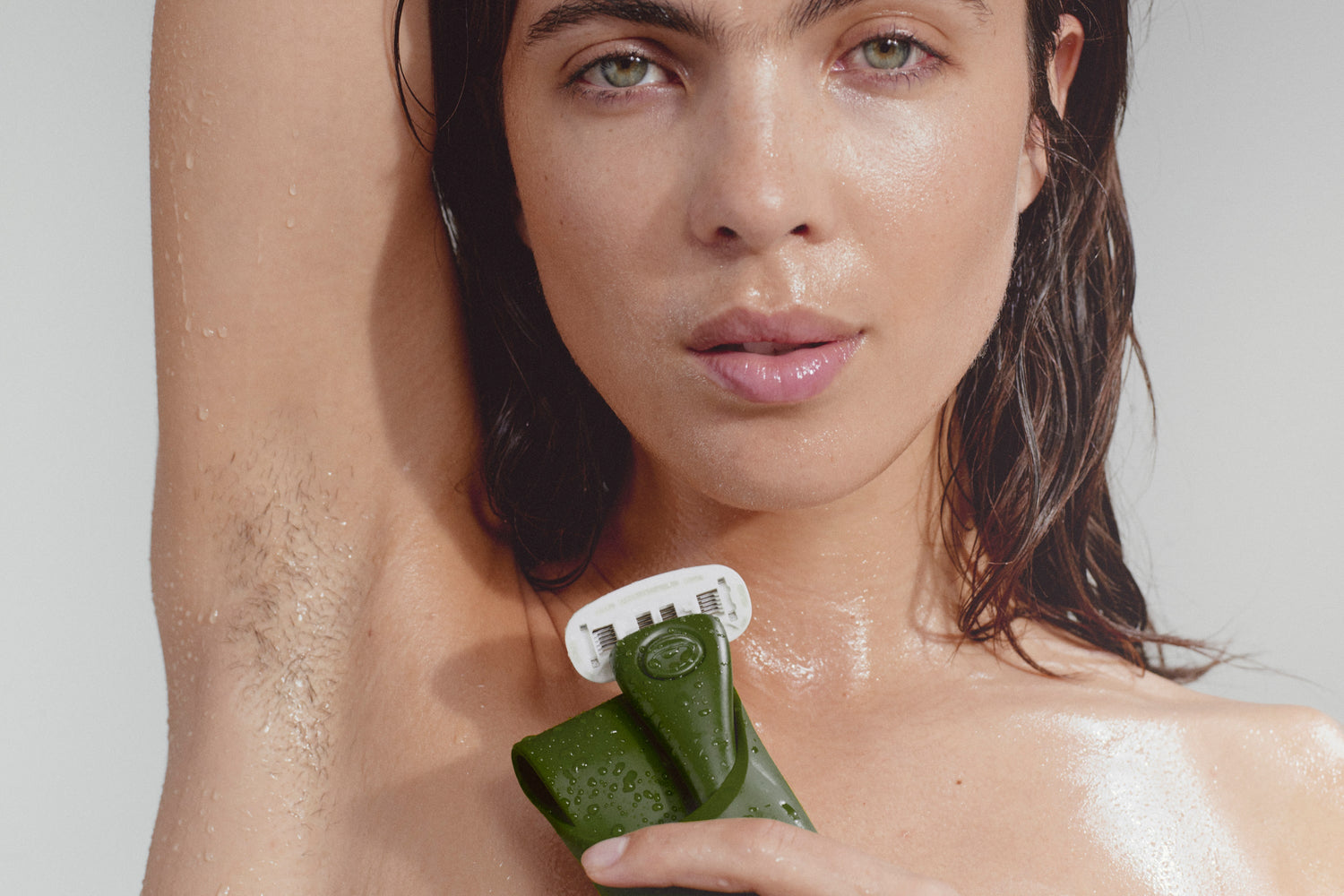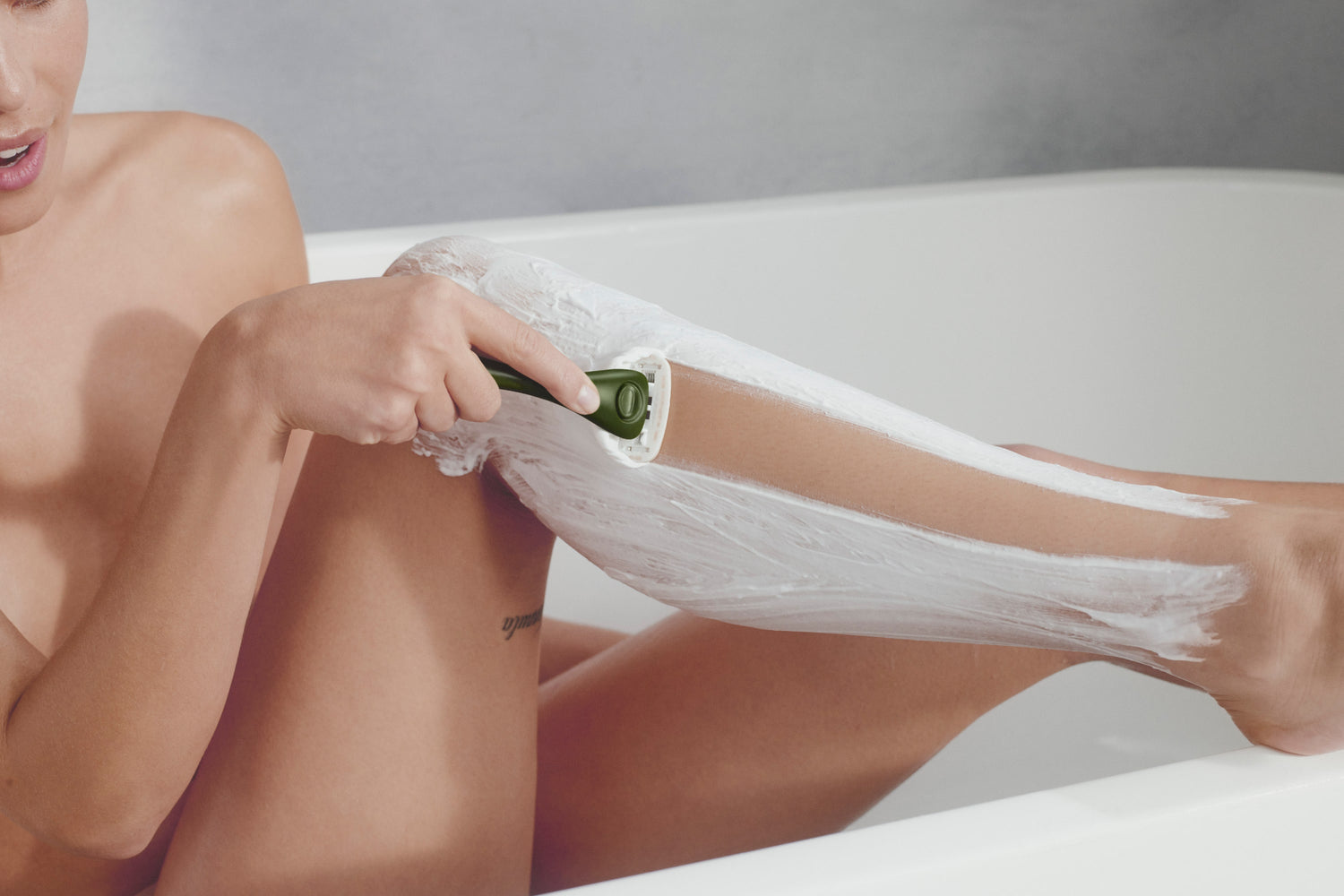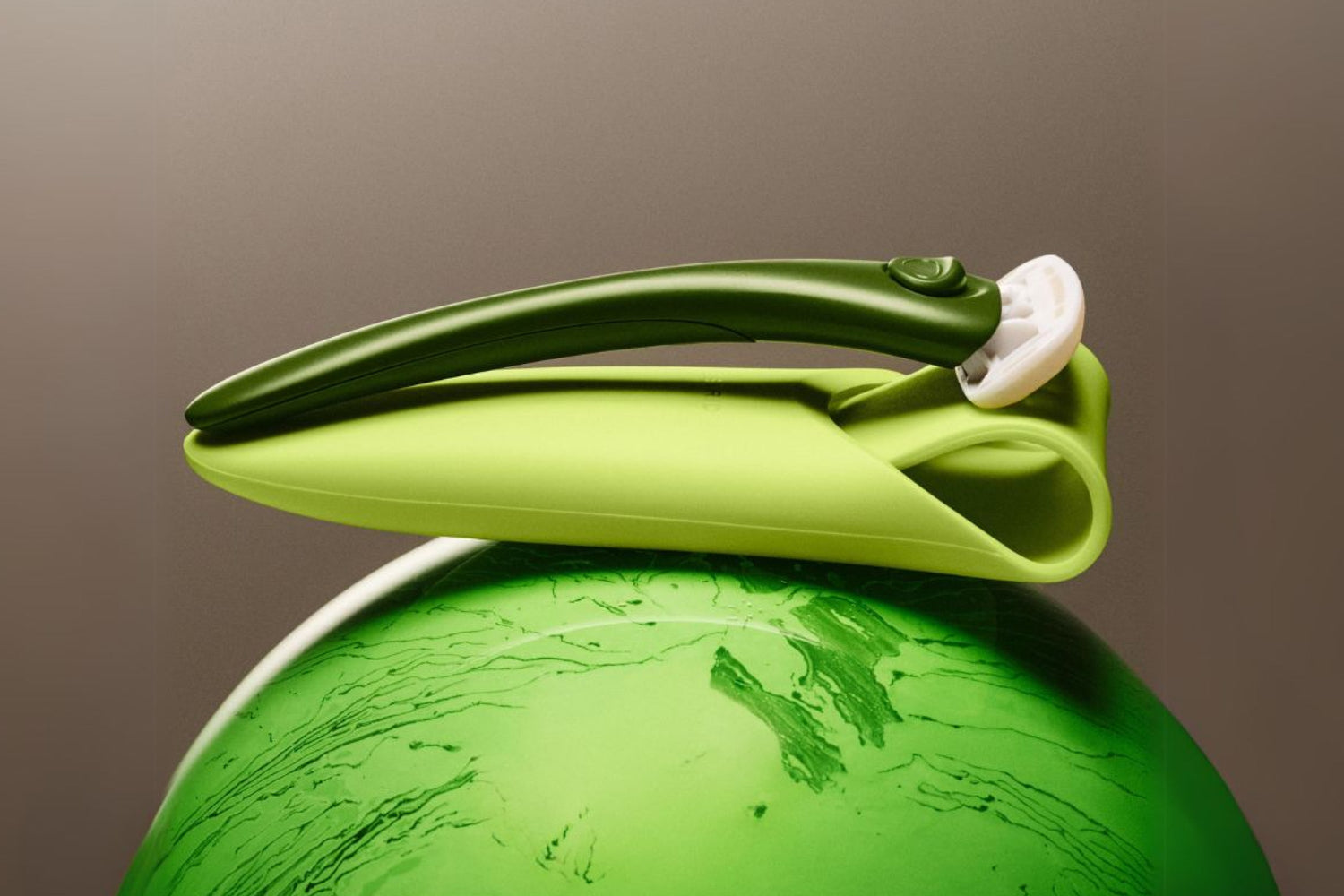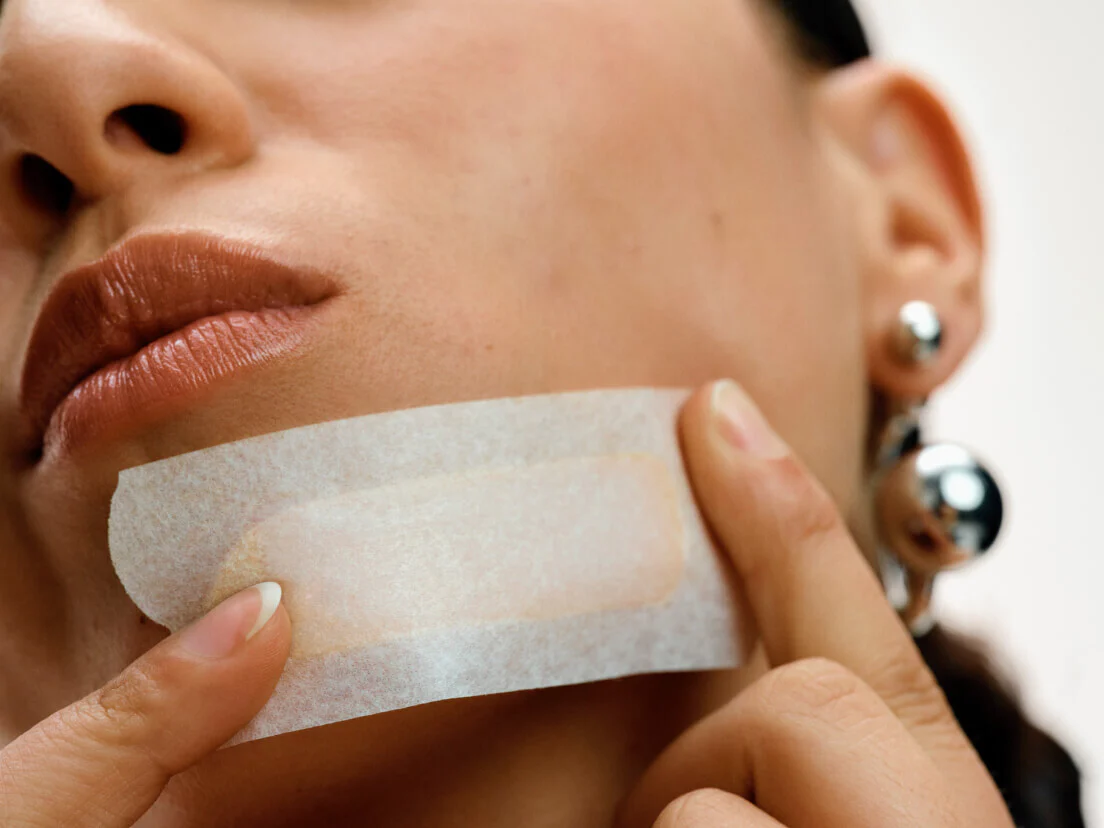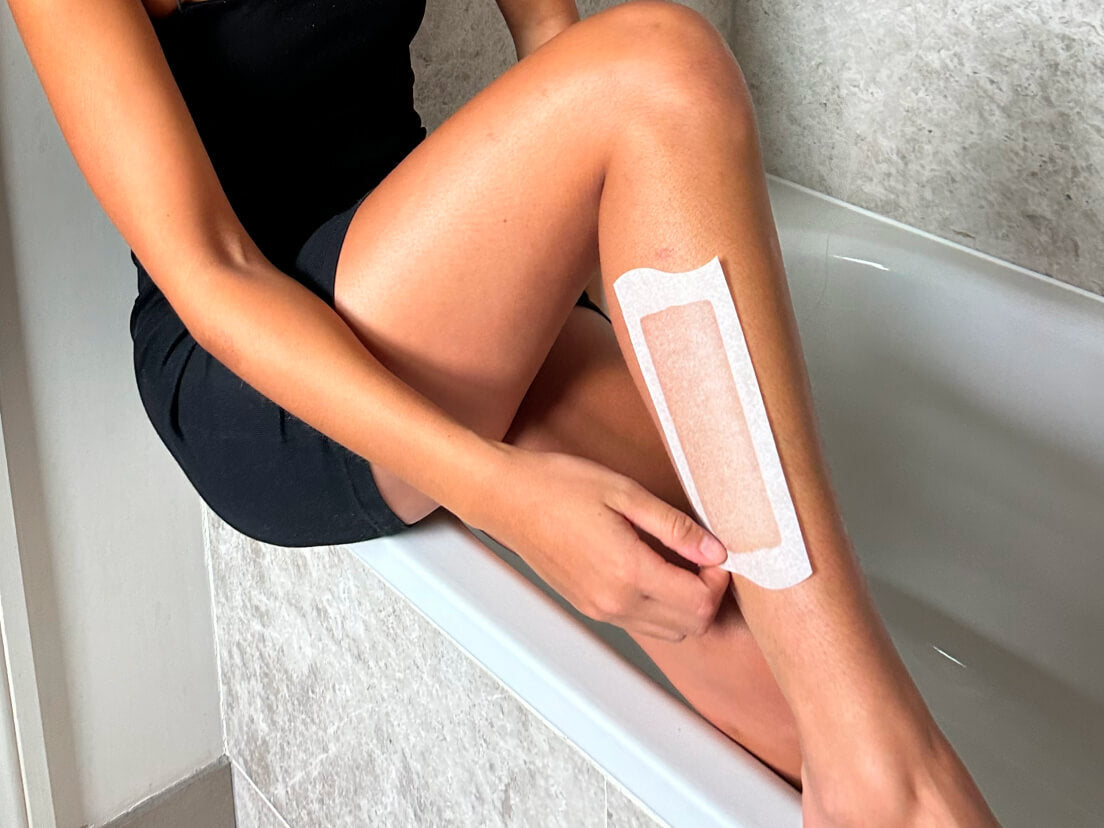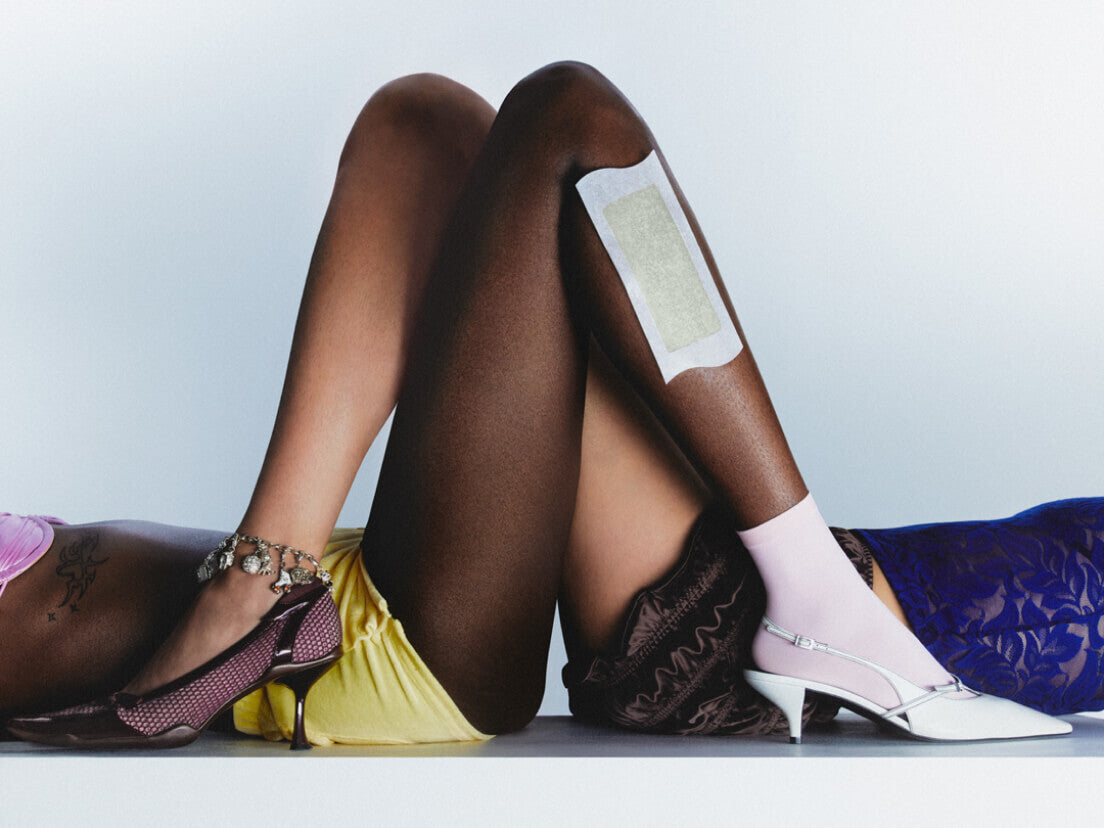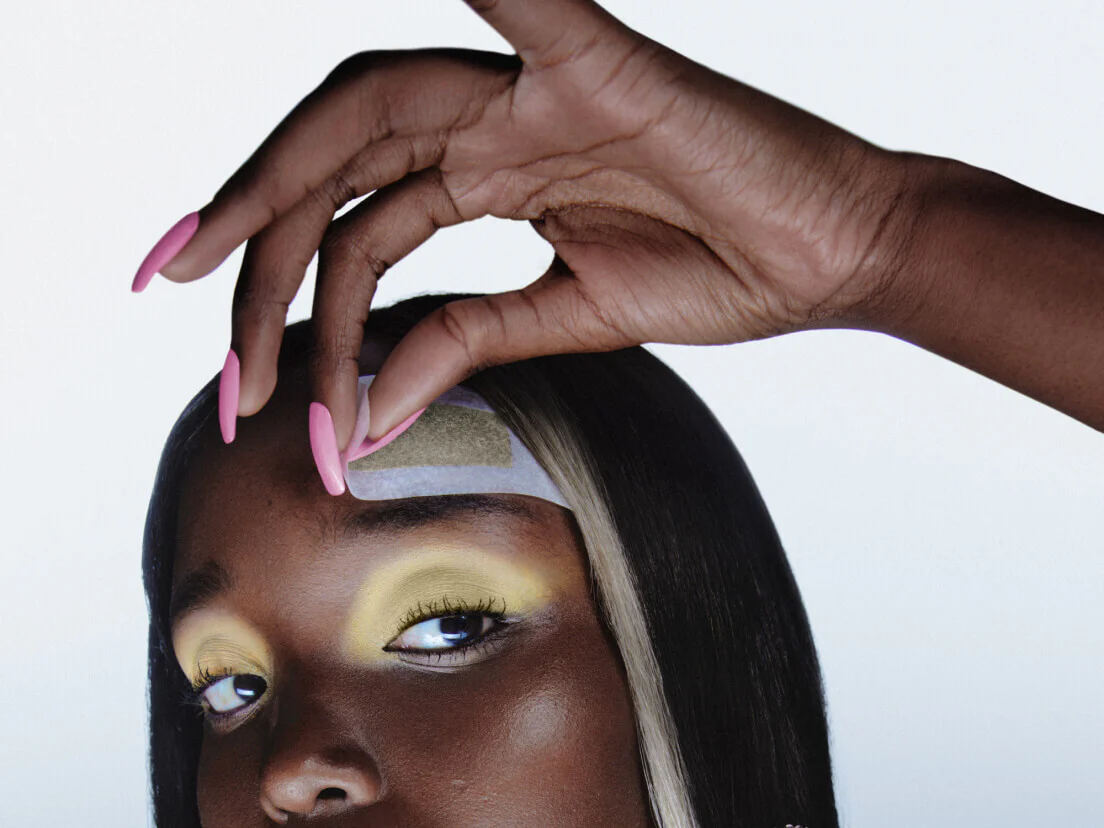We’re not going to spam you with too much smooth skin stuff here, but if you’re into agony aunt-style questions we’ve answered the most talked about waxing questions on the internet.
Is waxing better than shaving?
It's a fair question, and we go through waves of weighing up each option ourselves.
Both have their pros and cons, so honestly, it depends on your personality type. If you can handle a little more pain and want smoother skin for longer, at-home waxing may be more your style. But if you're a time-poor, results-driven person, shaving may suit you best.
While shaving is a quick, easy, and super smooth fix, it only removes hair from the surface, leading to regrowth within a few days. On the other hand, waxing removes hair from the root, giving smoother and longer-lasting results. It's good to bear in mind that waxing can lead to sparser hair growth over time, unlike shaving, which has no impact on hair growth at all.
So naturally, when it came to formulating our own Estrid Wax Kits, hair regrowth wait time was a top priority. Instead of waiting up to six weeks until your next wax, our gentle at-home wax kits work on ultra-short hair (2mm), which could be under two weeks for some people.
Does waxing eventually stop hair growth?
In case you were wondering - this is the most searched-for answer when it comes to waxing. So here goes - the way waxing works, in short, is it weakens the grip of hair follicles over time, making it easier to remove hair. Regular waxing can even make some follicles stop producing hair altogether. However, the time it takes for this to happen really varies from person to person based on skin type, hair texture, and hair growth cycle. In some cases, hair can stop growing after just 8 months of waxing, while others may need years of wax treatments. So, while waxing can help reduce hair growth, it may not necessarily stop it altogether.

How long does hair need to be before you wax?
The short and sweet answer for all you budding ‘at-home’ waxologists is, if using our gentle Face Wax, Body Wax or Bikini & Underarm Wax they work very effectively on ultra-short hair, 2mm (thickness of a penny). But if you are reading this for an expert in-salon experience, professionals tend to like the hair to be at least 6mm (length of a grain of rice) to wax effectively. If the hair is too short, the wax won't grip it properly, making it difficult to remove. If the hair is too long, it can be more painful and may break off instead of being pulled from the root.
Why is my skin still prickly after waxing?
Getting prickly bits after waxing? We’ve been there too, no qualms though, we’ve figured out a few ways to ditch the itch:
Length matters
When applying the wax strip it is so important that all the air bubbles are rubbed out for maximum grip, otherwise, it may result in broken hairs or missed patches. Pro tip: rub over the strip with the heel of your hand, not your fingertips.
One direction
Use an upward motion when waxing, pull from the bottom of the strip steadily and confidently, keeping the strip as close to the skin as possible.
Aftercare is self-care
Another crucial thing to remember is aftercare. Our waxing kits come with 6 soothing, anti-irritation wipes infused with sweet almond oil and wheat germ oil, to help to calm and collect any stray wax on the freshly smooth skin.

How long does skin stay hairless after waxing?
Actually a pretty long time - for up to six weeks. Why? Because this stunning technique removes hair from the root rather than just the surface like shaving. Of course, everyone is different, so results can vary based on factors like hair growth rate, the type of wax used, and the skill of the person waxing. Ultimately, it's a longer-lasting solution than shaving, but does require a bit of practice for optimal smoothness.
Can you be too hairy for a wax?
There's no such thing as being too hairy for waxing. But of course the longer the hair, the higher your pain threshold and skill level need to be. Thick hair can make waxing more uncomfortable, and if you're inexperienced with at-home waxing, it's best to start with smaller areas like the underarms before attempting larger areas like the legs. Pro tip: you can trim your hair with scissors or a trimmer to make waxing more manageable.
Is my hair too fine to wax?
Ah, the fine-haired human - if your hair is on the finer side, it definitely won’t be a problem when waxing, in fact, it should be less painful than coarser, thicker hair.

Does waxing make ingrown hair worse?
The truth is, waxing can actually help prevent ingrown hairs, but it's not a guaranteed solution. Some people are more prone to ingrown hair than others, but a gentle exfoliation before and after waxing is an essential way to keep ingrown hair at bay.
Can waxing make the hair grow back thicker?
And for our final question: The myth that keeps on giving…it's simply not true. Waxing does not make your hair thicker than its original form. It can reduce hair volume, but won't change the thickness or growth rate, this is largely determined by genetics and hormones.
